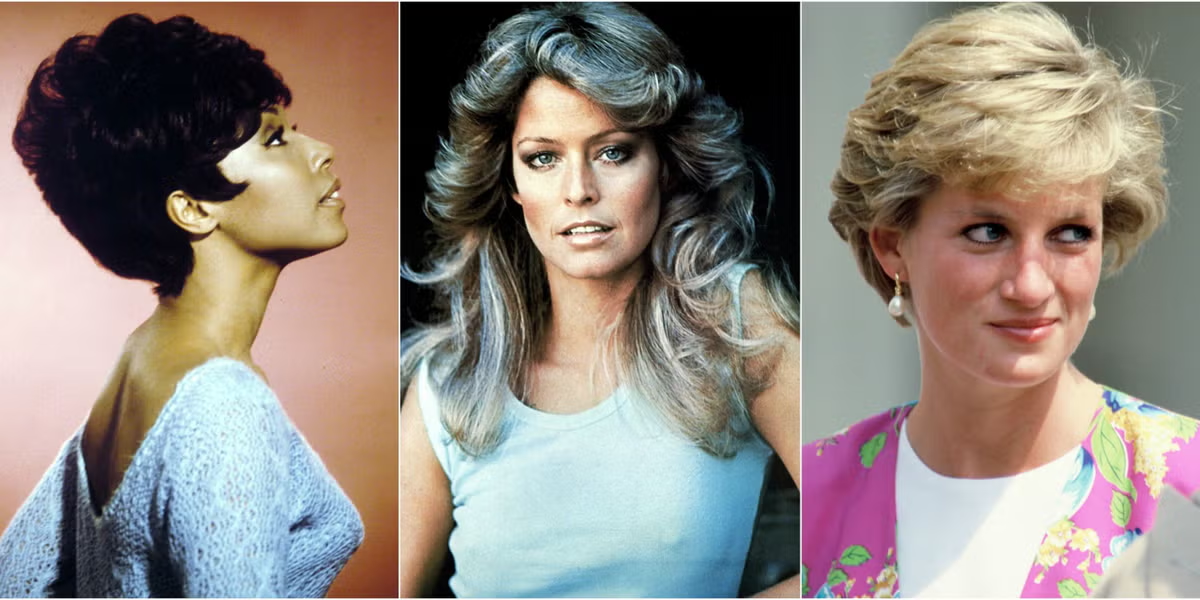Some hairstyles are timeless, while others leave us scratching our heads in bewilderment. Hair trends have always been a fascinating reflection of culture, fashion, and societal shifts. From soft, ethereal waves to bold, statement-making cuts, the evolution of hairstyles tells a story as dynamic as the people who wore them. Let’s take a journey through the decades to uncover the most iconic looks that defined each year—and perhaps find some inspiration for your next transformation.
1925: Brushed-Out Waves
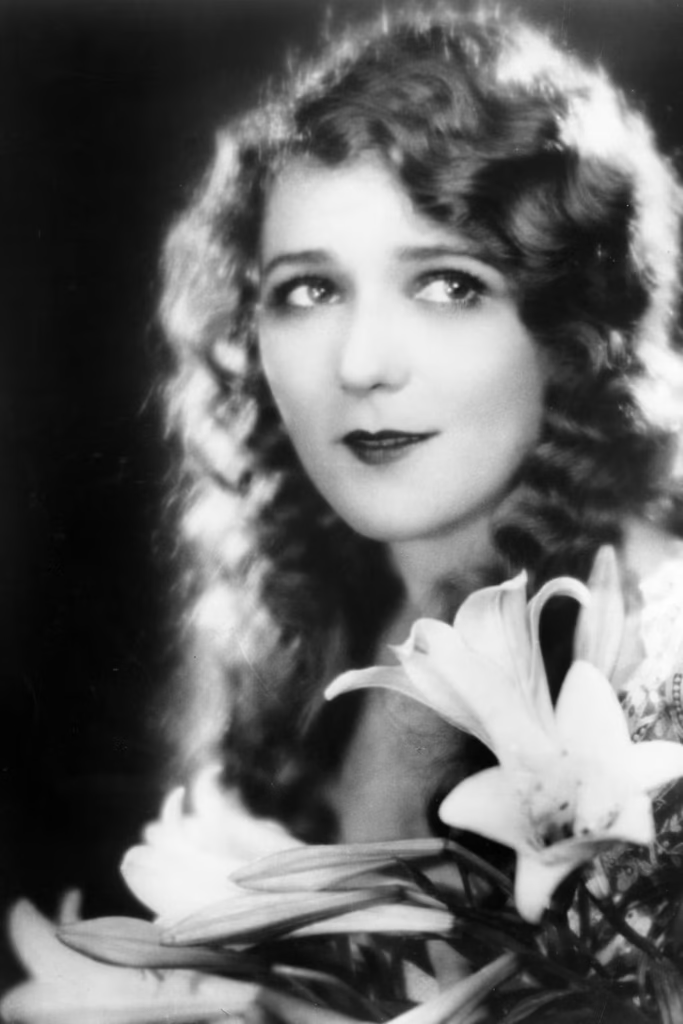
Imagine stepping into the golden age of cinema, where actresses like Mary Pickford graced the screen with their delicate, brushed-out waves. This style was as dreamy as the silent films themselves, offering a soft, feminine silhouette that became synonymous with the era’s romanticized aesthetic. The secret? A combination of finger styling and setting lotion to create those signature cascading curves.
1926: Browband (A.K.A. “Headache Band”)
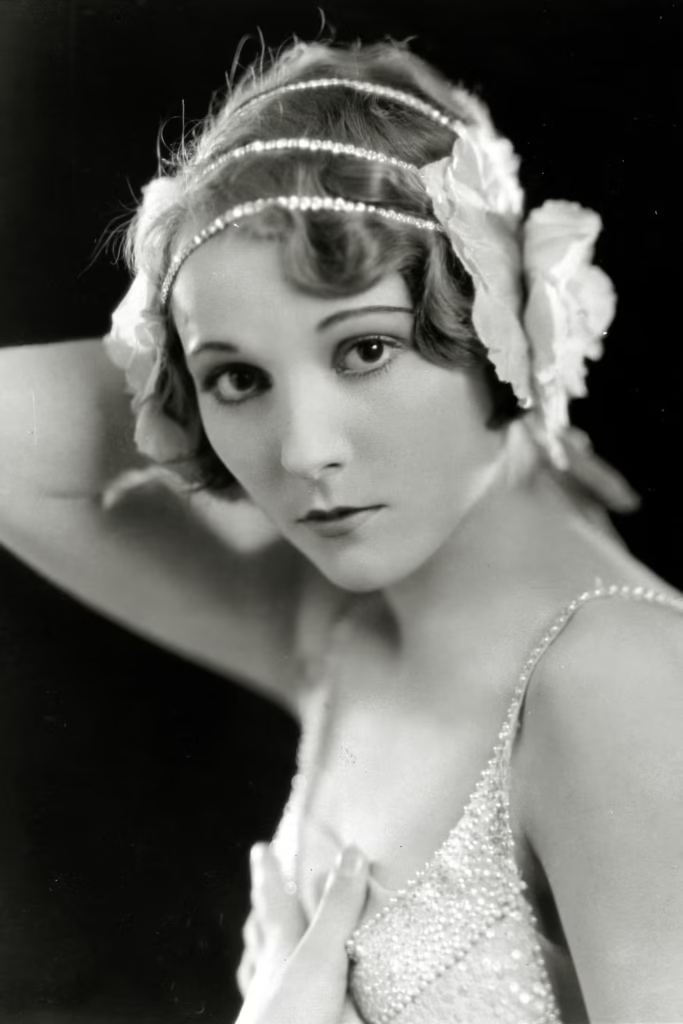
Though its nickname might not scream glamour, the browband was anything but ordinary. Picture a thin, jeweled ribbon wrapped elegantly around the forehead, framing the face with an air of sophistication. Worn by flappers and socialites alike, this accessory added a touch of sparkle to any ensemble—proving that sometimes, simplicity can be utterly striking.
1927: Blunt Bangs
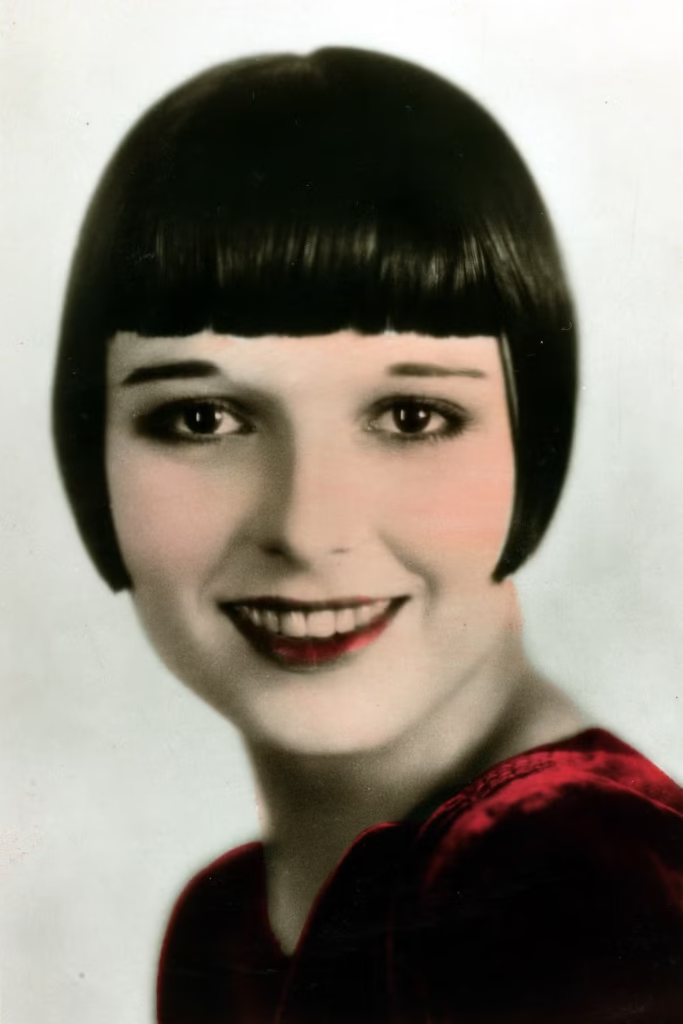
In a decade known for its fluffier, more voluminous styles, blunt bangs stood out as a daring departure. These sharp, straight-across cuts framed the face with precision, perfectly complementing the era’s ultra-thin eyebrows and dramatic makeup. It was a look that said, “I’m here to make a statement.”
1928: Bright Red Hair
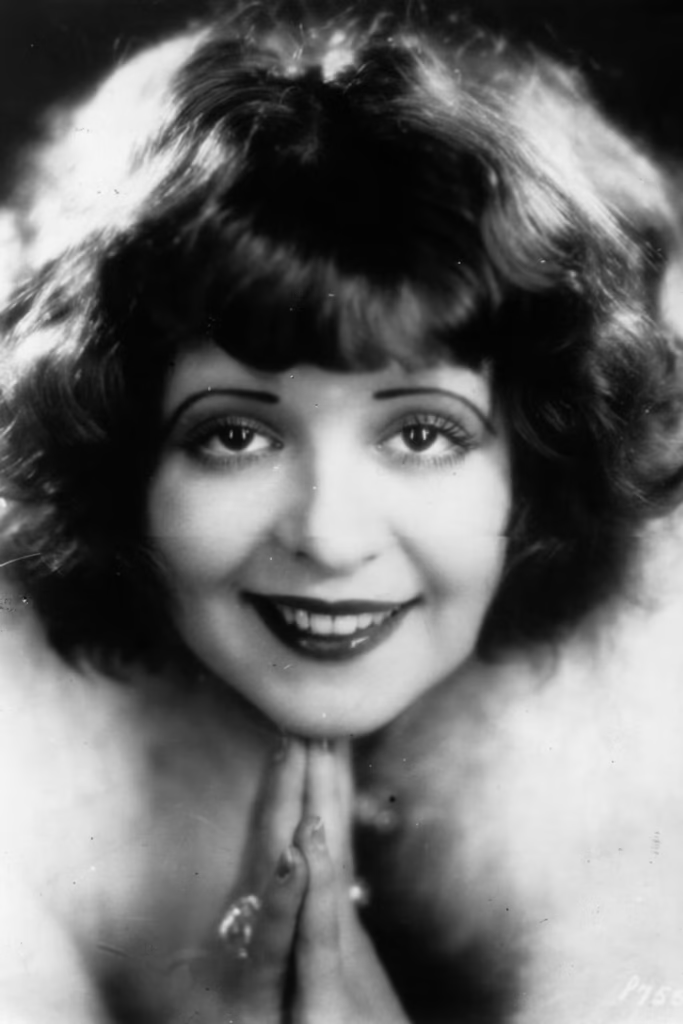
When Clara Bow dyed her hair fiery red, she didn’t just set a trend—she ignited a revolution. Despite black-and-white films masking her vibrant hue on screen, fans flocked to replicate her bold choice. Henna sales soared as women embraced the power of red, proving that even in monochrome, confidence could shine through.
1929: Eton Crop
Getty Images
Enter Josephine Baker, the queen of jazz and the epitome of chic rebellion. Her Eton crop—a sleek, close-to-the-scalp cut adorned with a single “kiss curl” on her forehead—was both daring and undeniably feminine. This style wasn’t just about convenience; it was a symbol of liberation, challenging traditional notions of beauty.
1930: Finger Waves
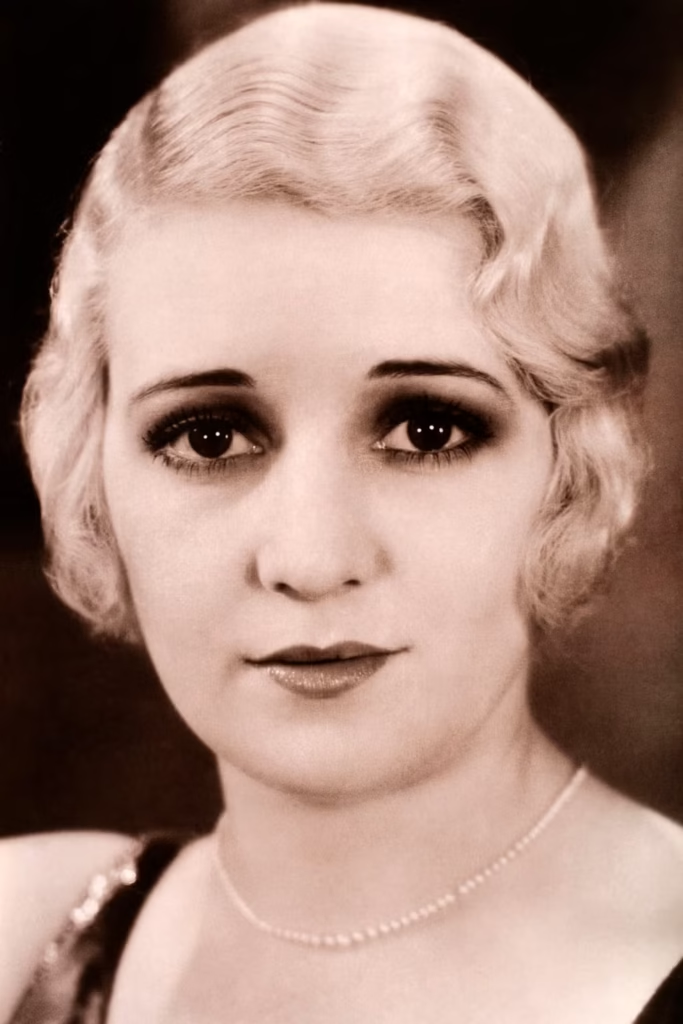
Finger waves were the ultimate blend of structure and softness. Actresses like Alice Day showcased this meticulously sculpted look, which involved shaping wet hair into S-shaped waves using fingers and gel. The result? A polished yet approachable style that softened the angular bob cuts of the time.
1931: Shingle Cut
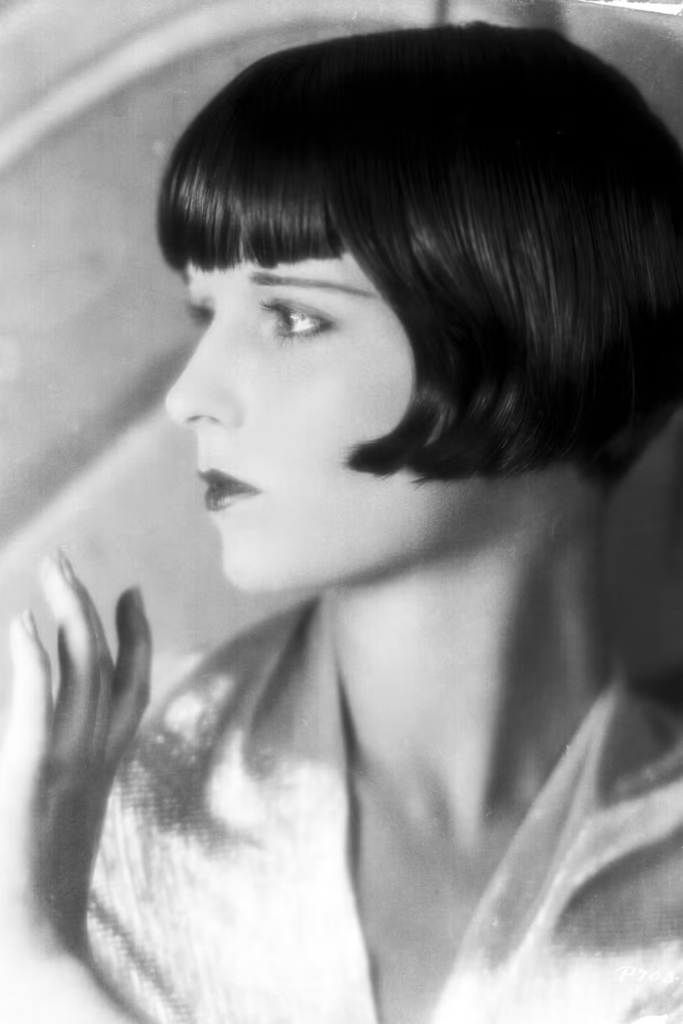
Louise Brooks became the poster child for the Roaring Twenties with her iconic shingle cut. Characterized by its sharply angled layers and swooping ends, this hairstyle exuded confidence and modernity. Paired with thin brows and bee-stung lips, it was a look that screamed independence and allure.
1932: Waves Pulled Low
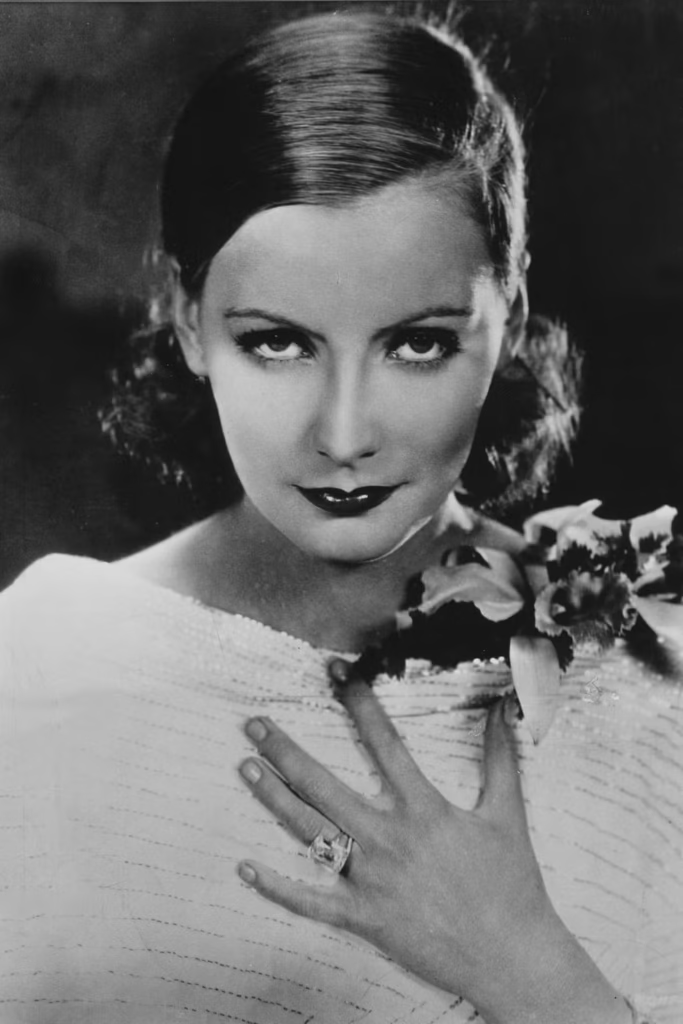
While loose, carefree curls dominated the early ‘30s, stars like Greta Garbo opted for something more dramatic. By pulling their waves tight and low, they created a sleek, sophisticated updo that oozed Old Hollywood elegance. It was the perfect balance between effortless and intentional.
1933: Deep Side Part
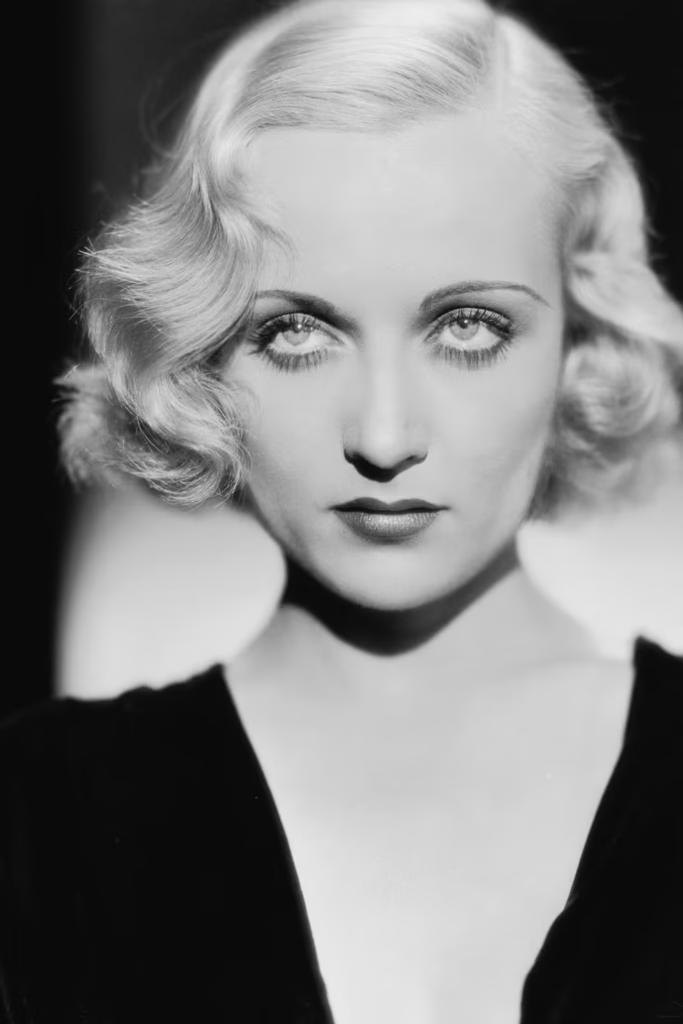
Few trends stand the test of time quite like the deep side part. Beloved by icons such as Carole Lombard, this classic style added instant polish to any haircut. Whether paired with soft waves or pin-straight strands, it remains a go-to technique for achieving timeless glamour.
1934: Soft Sculpted Waves
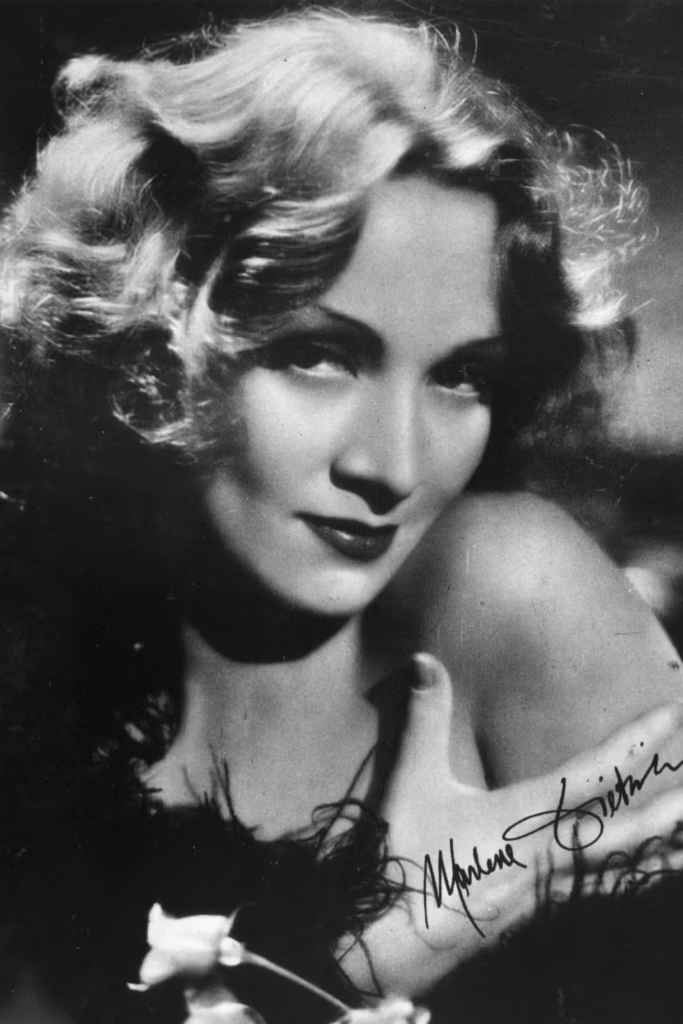
Marlene Dietrich brought artistry to hairstyling with her delicately shaped waves. Each strand seemed to flow effortlessly, creating a sense of movement and grace. This look wasn’t just about volume—it was about crafting a masterpiece atop one’s head.
1935: Marcel Wave
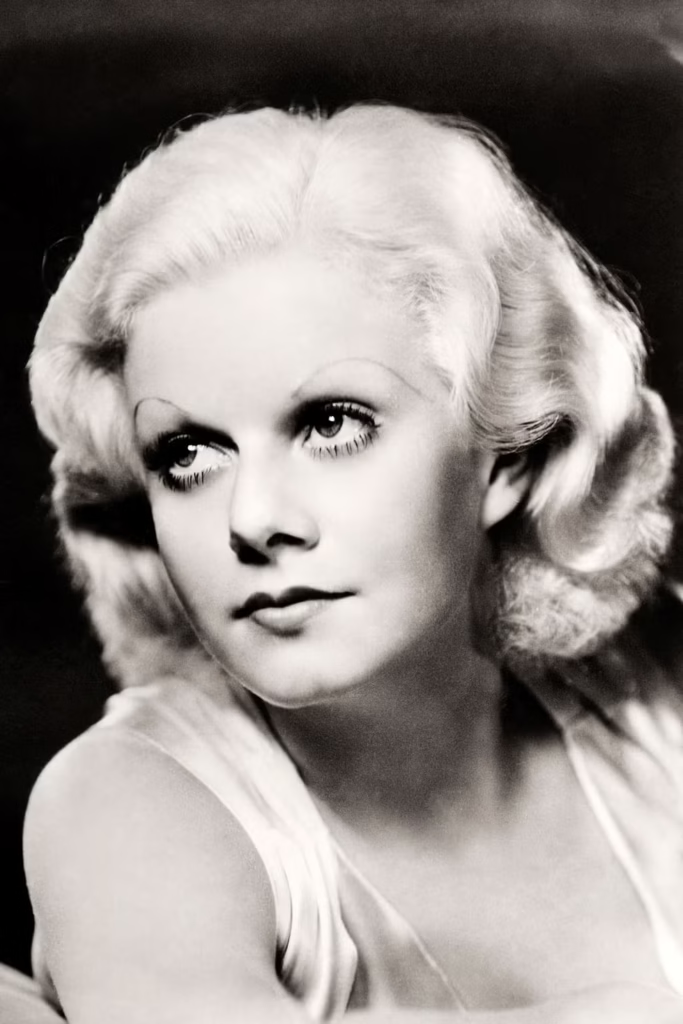
Named after its inventor, Marcel Grateau, this technique used heated tongs to create deep, defined waves. Stars like Jean Harlow made the Marcel wave famous, showcasing its ability to add texture and dimension to shorter cuts. It was a style that demanded attention—and got it.
1936: Pin Curls
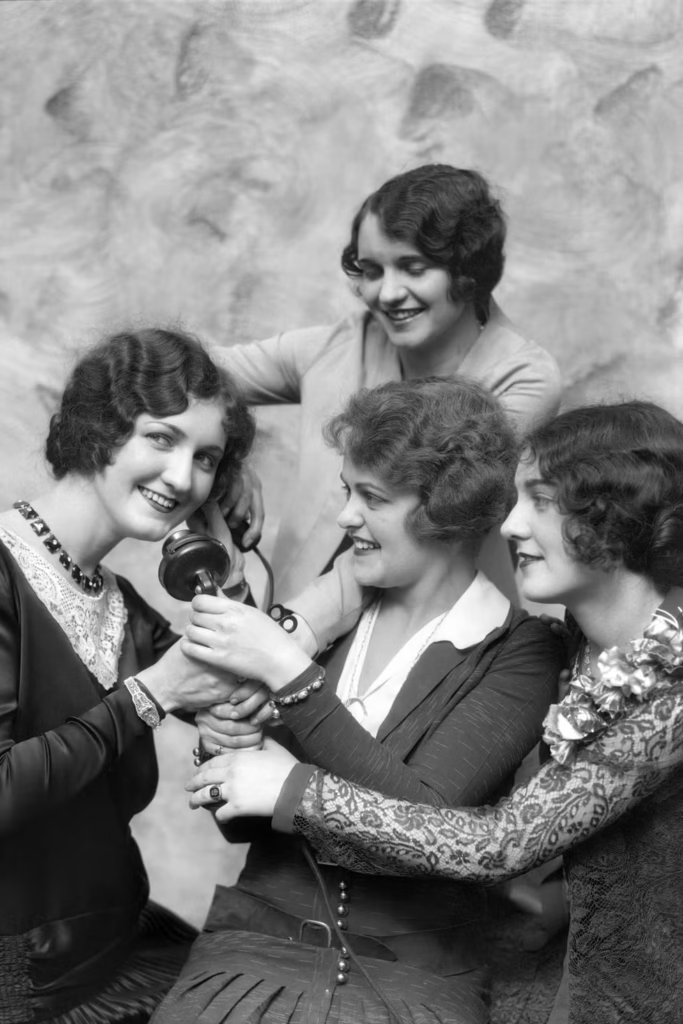
Pin curls required patience and precision, but the payoff was worth every minute. Women painstakingly twisted sections of damp hair into tiny circles, securing them with pins until dry. The result? Bouncy, structured curls that added volume and charm to any hairstyle.
1937: Rolled and Tucked
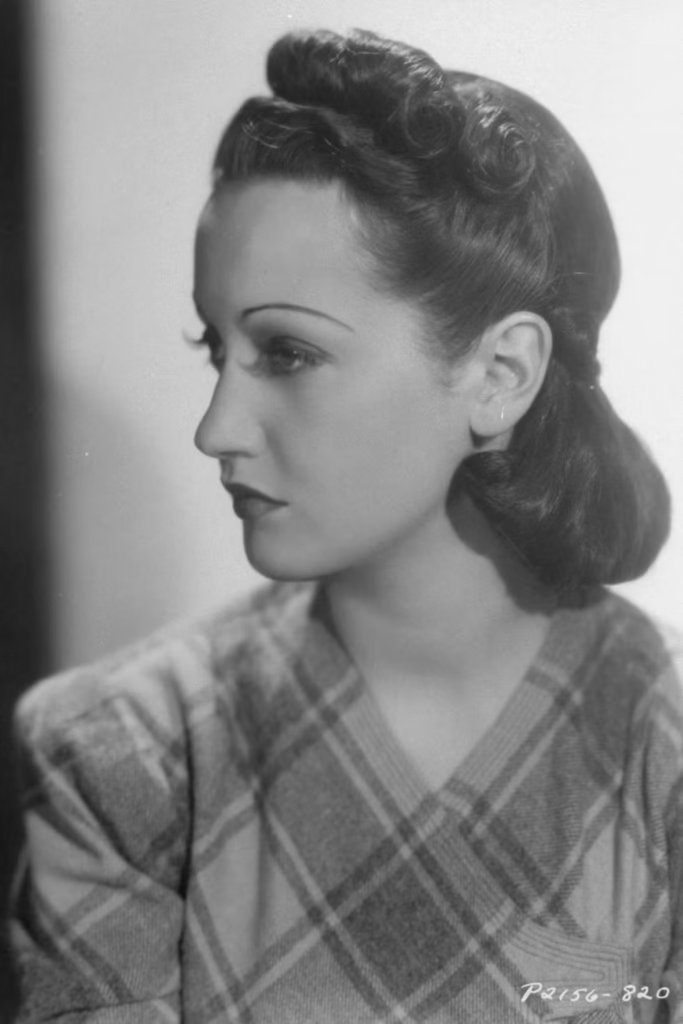
Actresses like Dorothy Lamour championed the rolled-and-tucked look, a neat alternative to the bouncier styles of the decade. Hair was smoothed back and tucked under to create a streamlined silhouette, making it both practical and stylish.
1938: Updo With Flowers
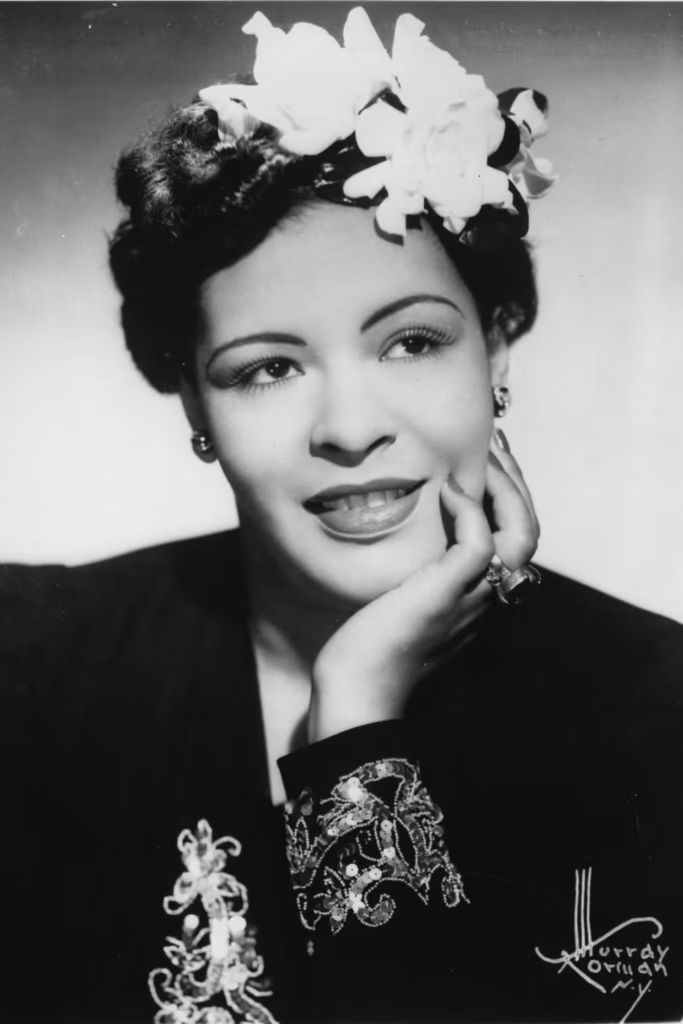
Billie Holiday wasn’t just a musical icon—she was a trailblazer in accessorizing. Her love for white gardenias nestled in her hair became a signature element of her look. This floral accent transformed simple updos into works of art, adding a touch of romance and individuality.
1939: Curled Pigtails
Who could forget Judy Garland as Dorothy in The Wizard of Oz? Her curly pigtails became an instant sensation, embodying innocence and whimsy. This playful style captured the hearts of audiences worldwide, cementing its place in pop culture history.
1940: Half-Updo
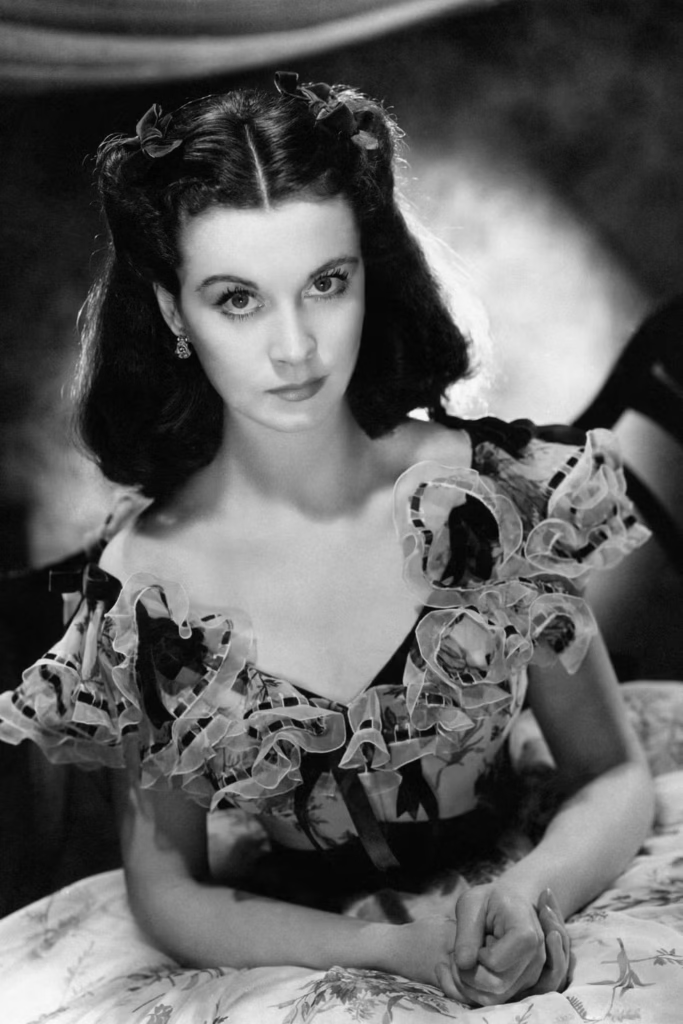
Vivien Leigh’s portrayal of Scarlett O’Hara in Gone with the Wind introduced us to the Southern belle aesthetic. Her half-updo, complete with rolled-back sections, evoked nostalgia for a bygone era. It was elegant, refined, and utterly unforgettable.
1941: Snoods
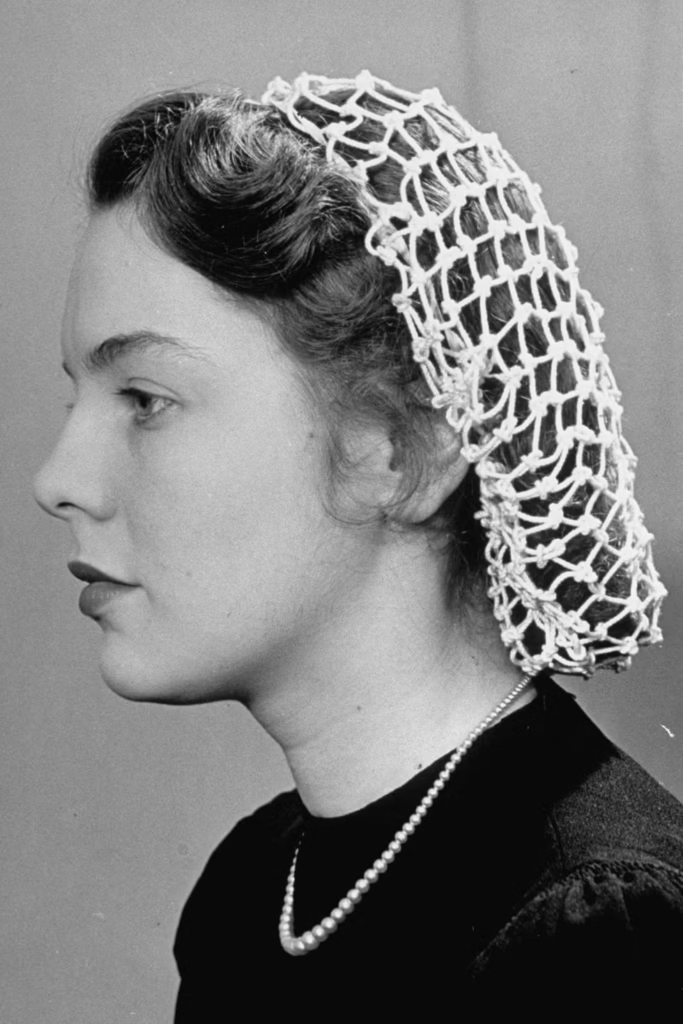
During World War II, functionality met fashion with the rise of snoods. These fabric or yarn headpieces kept hair securely tucked away, allowing women working in factories to focus on their tasks without distraction. Practical yet chic, snoods proved that necessity could inspire innovation.
1942: Glam Pin Curls
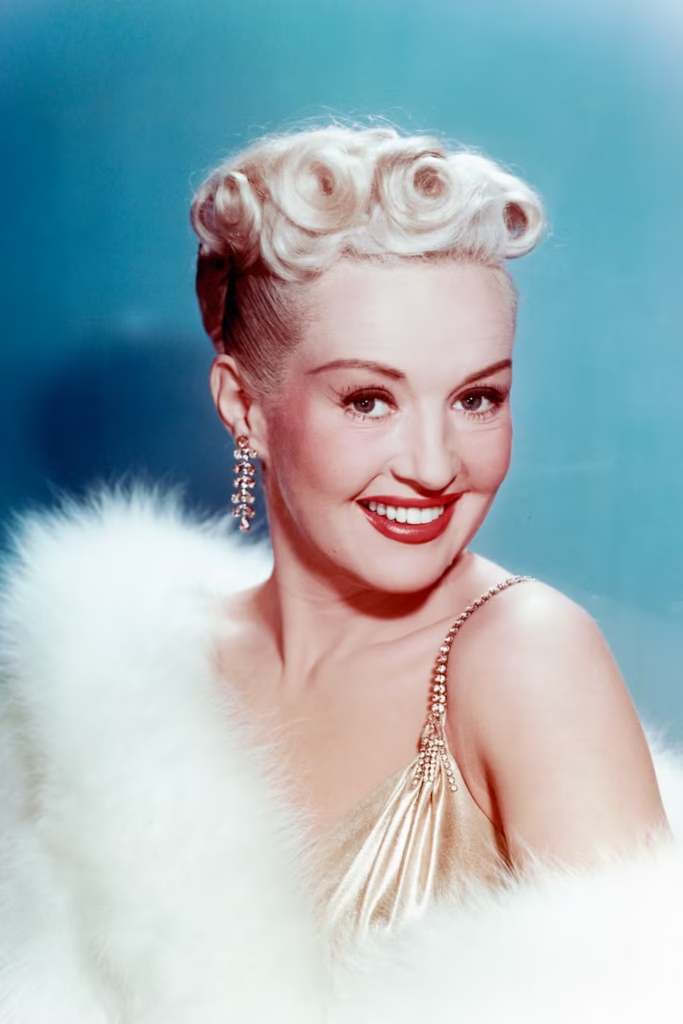
Betty Grable took pin curls to new heights, pairing them with bold blonde locks and crimson lips. Her glamorous take on this classic style embodied the spirit of the times: resilient, radiant, and ready to conquer the world.
1943: Peekaboo Bangs
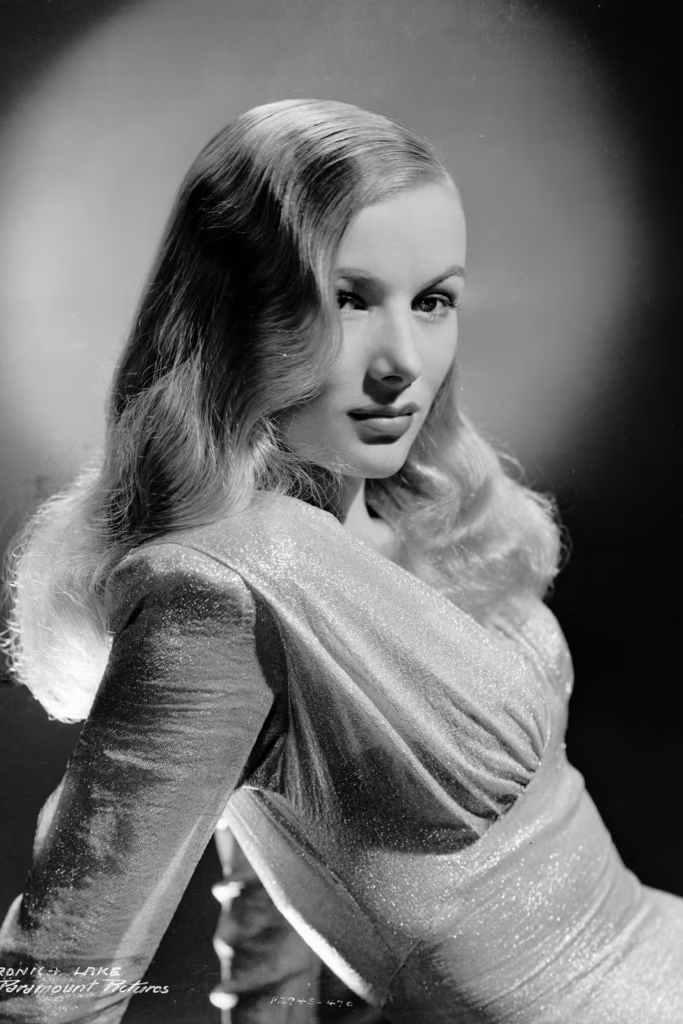
Veronica Lake’s peekaboo bangs were the epitome of mystery and allure. By sweeping her hair over one eye, she created an enigmatic vibe that captivated audiences. This sultry style became a hallmark of the femme fatale archetype, influencing both film and fashion.
1944: Soft Waves
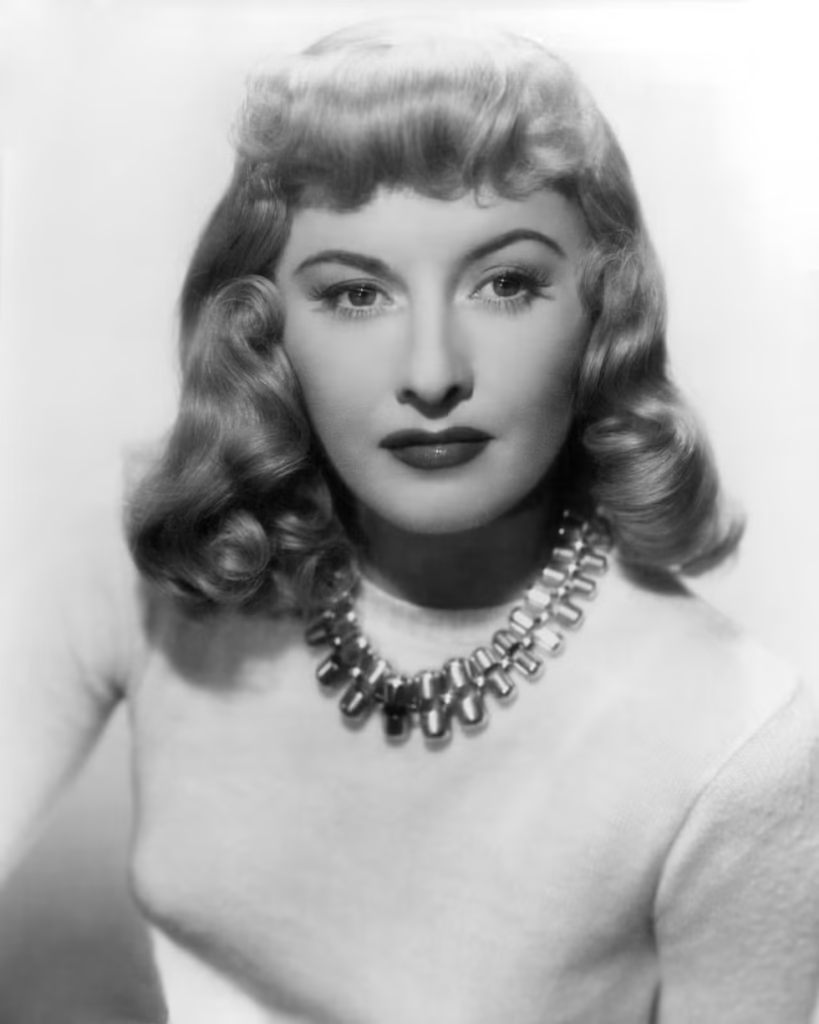
Barbara Stanwyck mastered the art of soft waves, blending thickness and texture seamlessly. Her long bob featured gentle curls that framed her face beautifully, proving that subtlety could be just as impactful as boldness.
1945: Victory Rolls
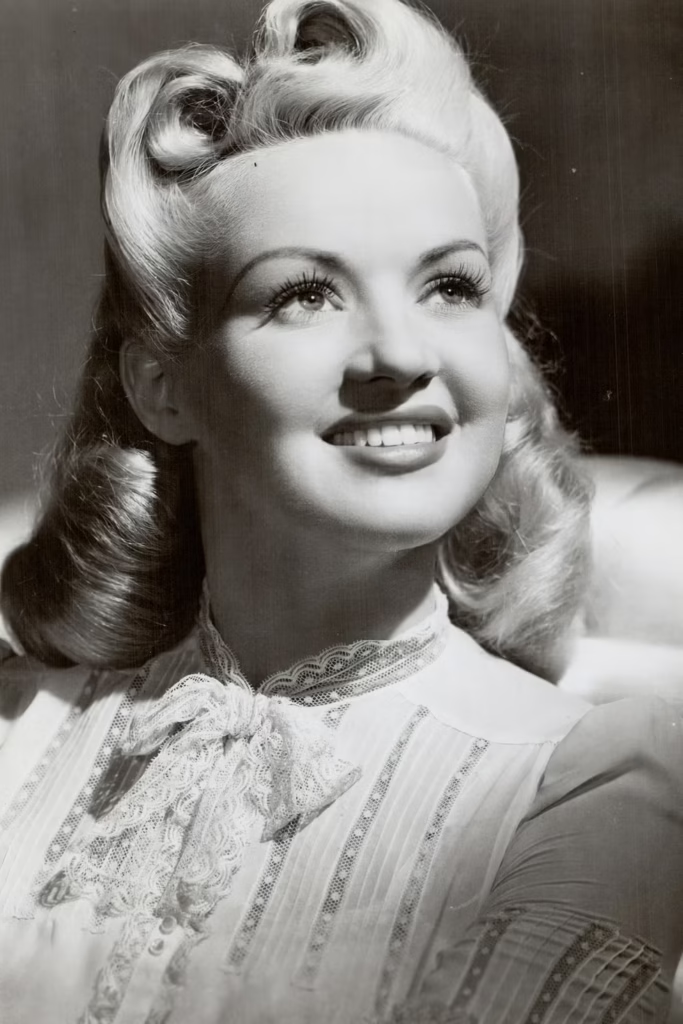
As World War II came to an end, victory rolls emerged as a celebratory hairstyle. Women piled their hair high, creating voluminous loops that symbolized triumph and resilience. This patriotic ‘do remains a powerful reminder of unity and hope.
1946: Loose Curls
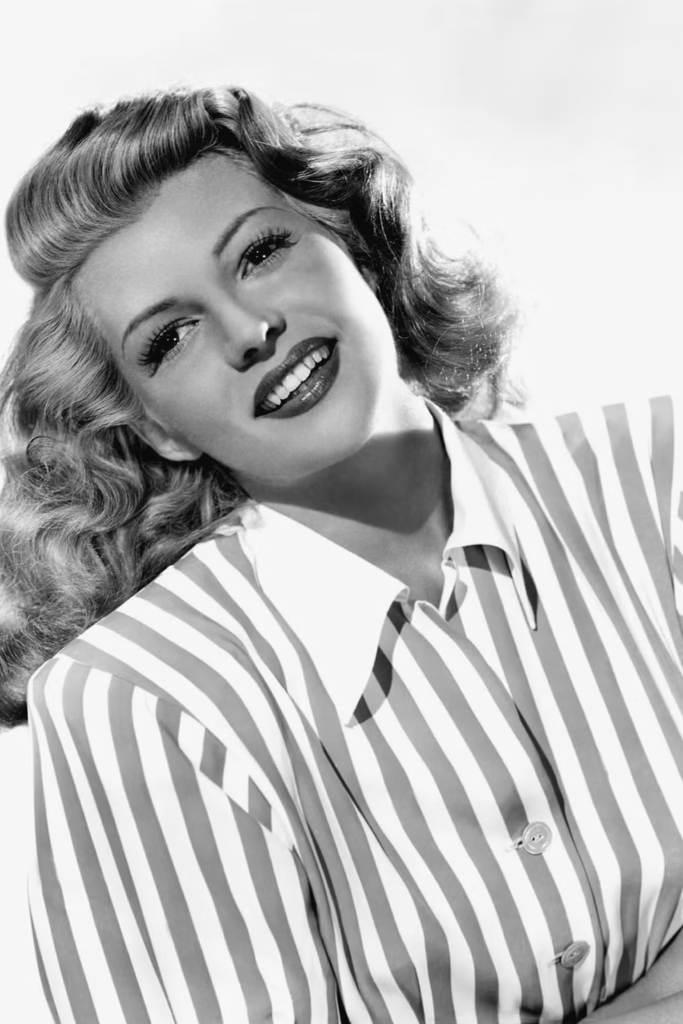
Rita Hayworth epitomized post-war glamour with her loose, flowing curls. Maintaining a deep side part and full waves, she exuded elegance and ease. This softer approach signaled a shift toward comfort and femininity in hairstyling.
1947: Crown Braid

Braids took center stage in the late ‘40s, thanks to icons like Billie Holiday. Crown braids and braided buns became popular choices, often accented with contrasting fabrics or ribbons. These intricate styles celebrated craftsmanship and cultural heritage.
1948: Elegant Updos
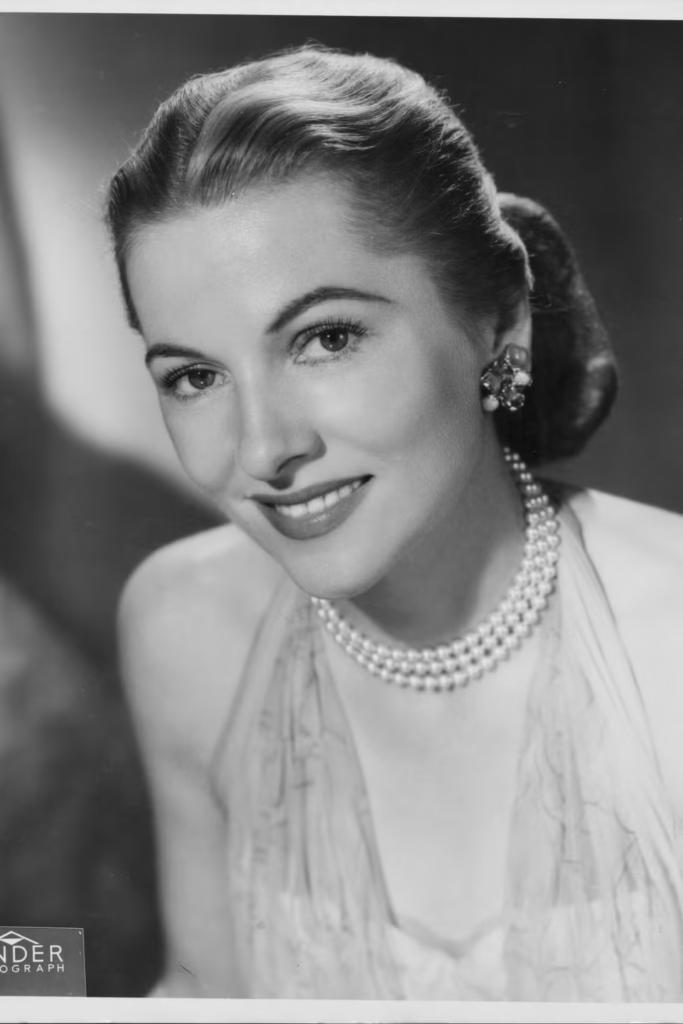
Joan Fontaine and Lana Turner inspired countless women to embrace polished chignons. These sleek updos were the epitome of sophistication, often adorned with decorative clips or pins. They were the perfect finishing touch for formal occasions or everyday elegance.
1949: Brushed-Out Curls
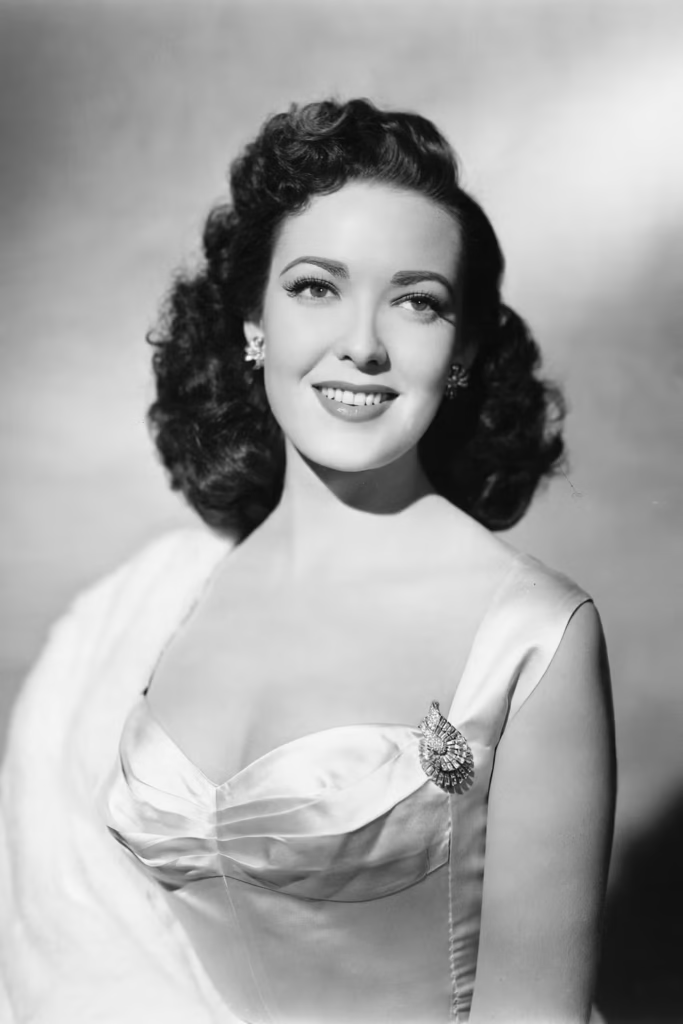
Linda Darnell and her peers ushered in a new era of natural beauty with brushed-out curls. Gone were the harsh edges and heavy products of previous years; instead, softness and simplicity reigned supreme.
1950: Chignon
Grace Kelly’s influence extended far beyond her acting career. Her elegant chignons became a staple among American women, embodying grace and refinement. This timeless style continues to inspire brides and professionals alike.
1951: Pinup Bangs
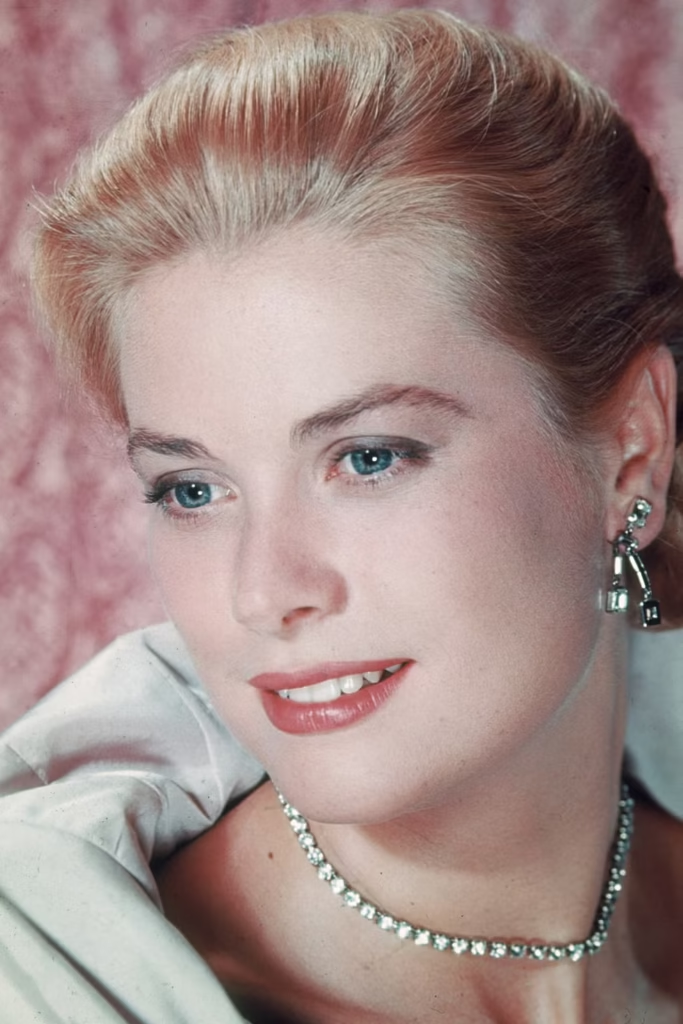
Bettie Page’s iconic bangs were as edgy as they were alluring. Her short, blunt fringe paired with dark, glossy waves created a look that was equal parts playful and provocative. She redefined what it meant to be a pinup girl.
1952: Italian Cut
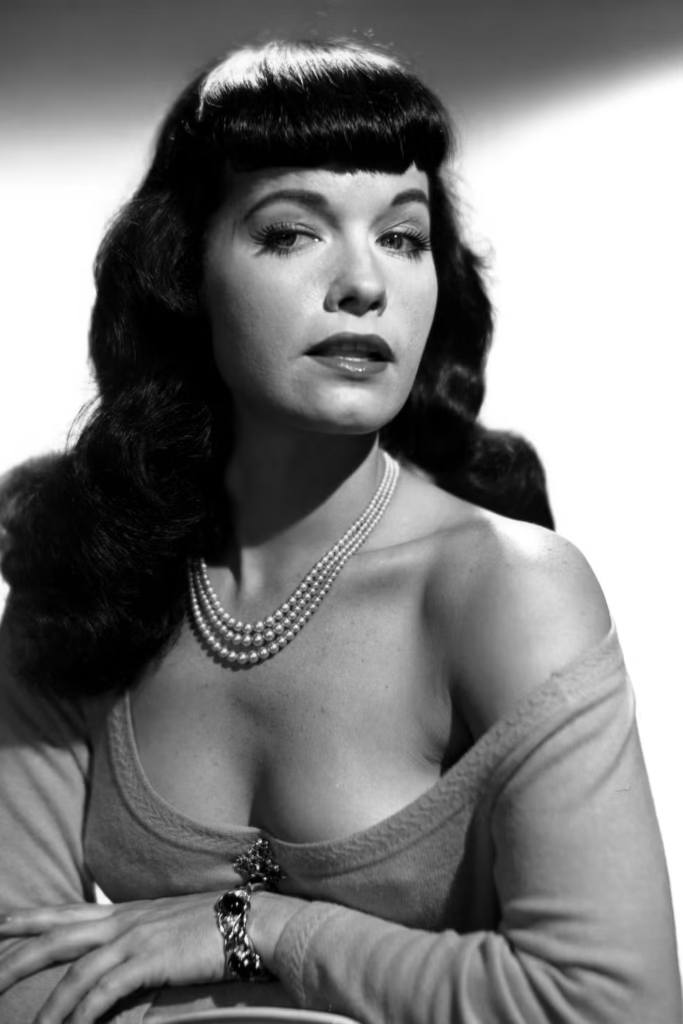
Dorothy Dandridge brought European flair to Hollywood with her chic Italian cut. Featuring sculpted curls and a rounded silhouette, this style was both modern and versatile. It was a testament to the global exchange of fashion ideas.
1953: Short Crop
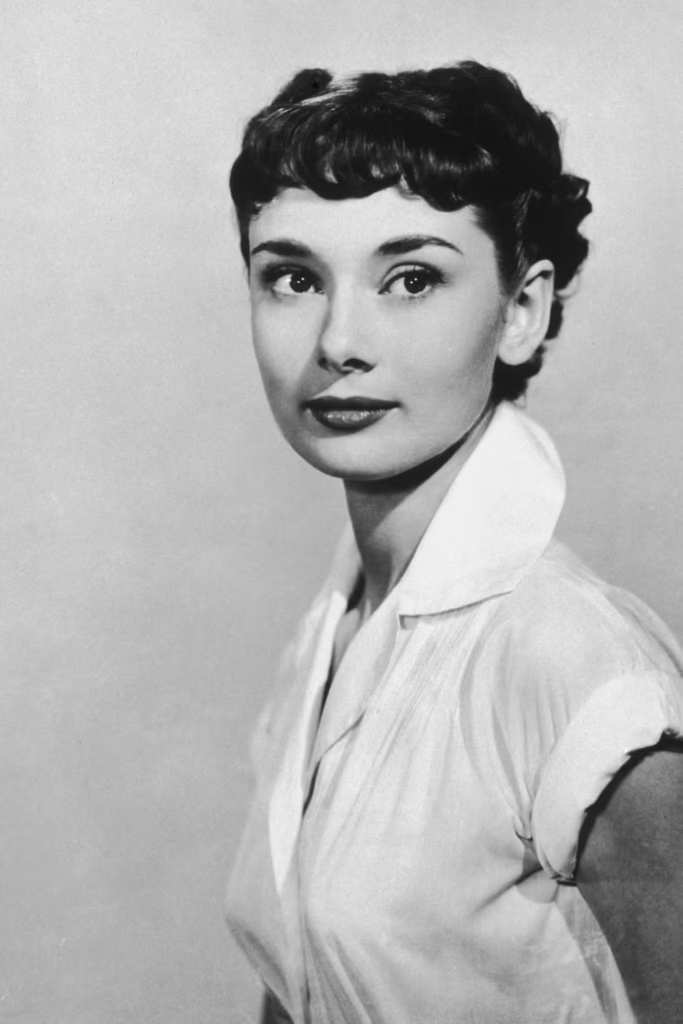
Audrey Hepburn’s role in Roman Holiday marked a turning point for short hair. Her cropped cut was fresh, youthful, and effortlessly cool. Women everywhere followed suit, embracing the freedom and simplicity of this modern style.
1954: Blonde Bombshell Hair
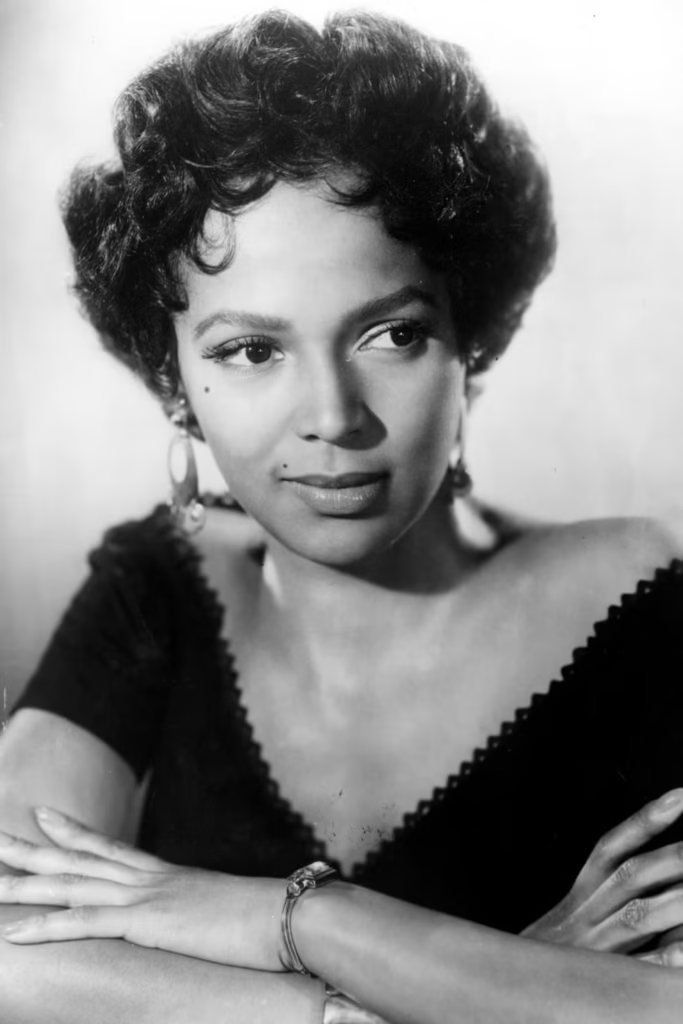
Marilyn Monroe became the face of the blonde bombshell era, dazzling audiences with her platinum locks and bombastic curls. Her larger-than-life persona was matched only by her equally extravagant hairstyle.
1955: Barrel Curls
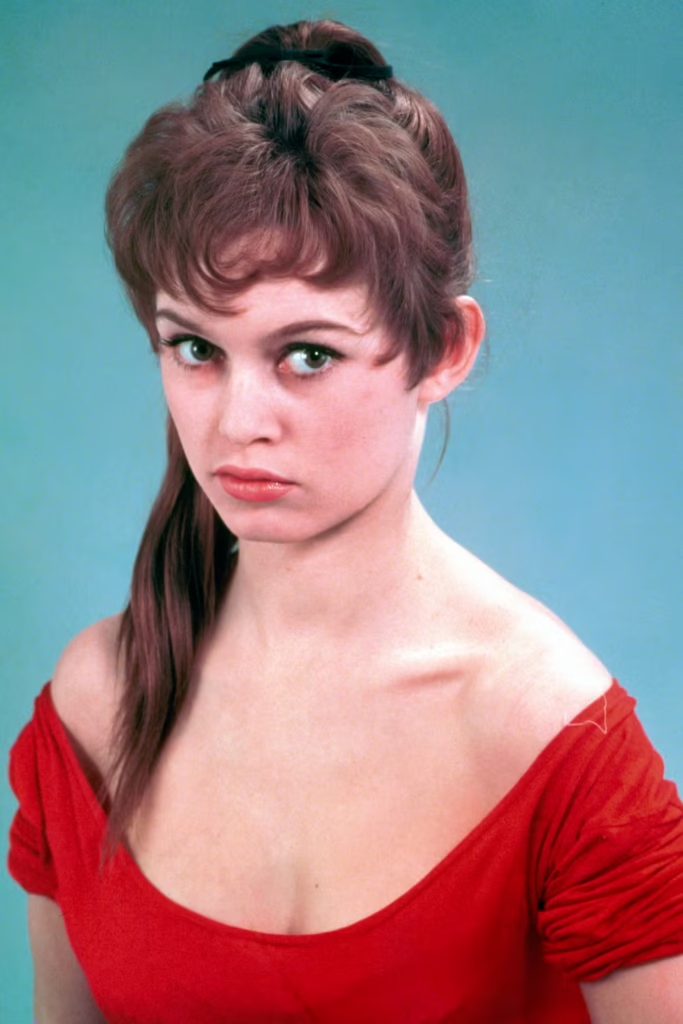
Jayne Mansfield took voluminous curls to the next level with her bouncy barrel curls. Full and rounded, these spirals added a playful bounce to her already vivacious personality. It was impossible not to smile when seeing her strut down the red carpet.
1956: Ponytail
Brigitte Bardot made the ponytail a must-have style, proving that simplicity could be sexy. Whether worn high or low, this easygoing look became a favorite among women seeking effortless charm.
1957: Soft, Full Curls
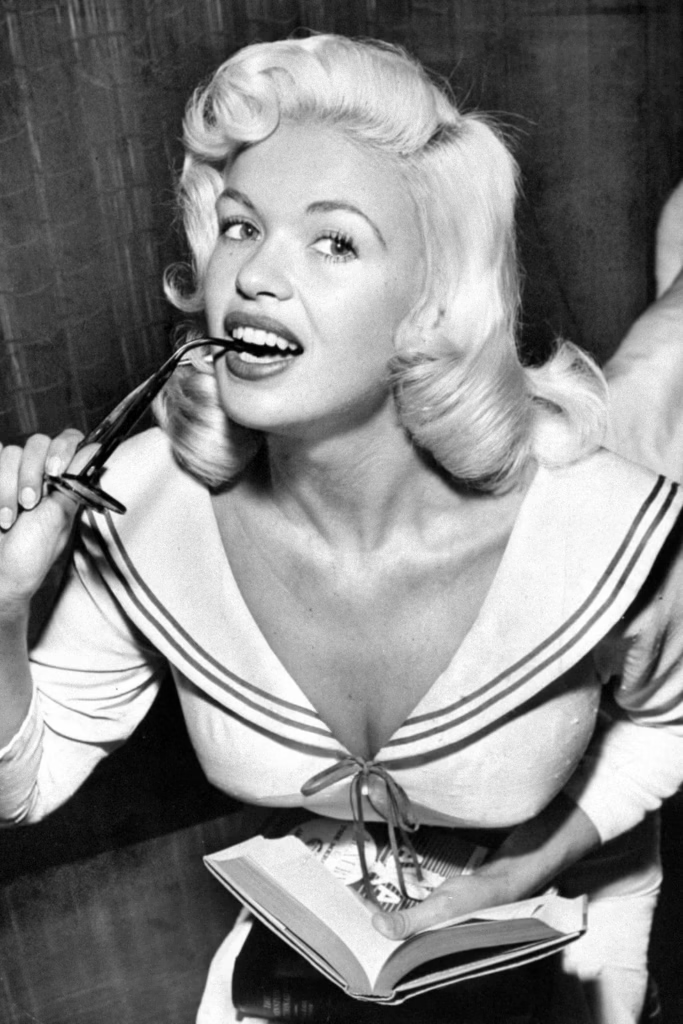
The mid-‘50s saw a return to softer, fuller curls. These romantic styles harkened back to earlier decades while paving the way for future innovations. They were the perfect blend of nostalgia and novelty.
1958: French Pleat
The French pleat offered a chic solution for keeping hair off the face. Its vertical roll created a sleek, professional appearance that resonated with career-oriented women. Even today, it remains a go-to option for formal events.
1959: Flipped Out
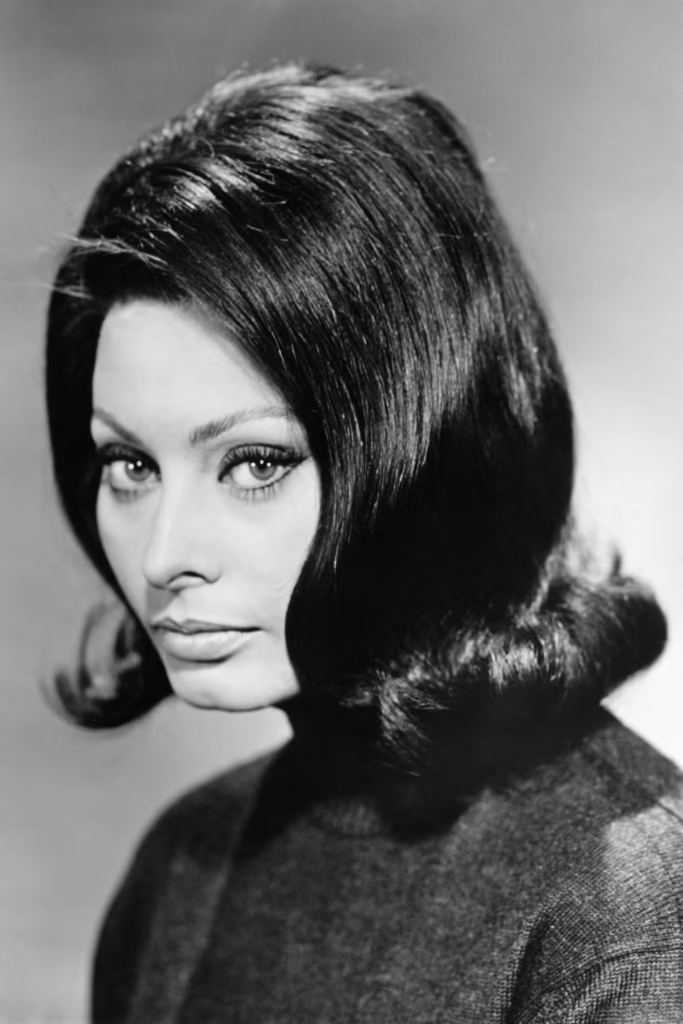
Sophia Loren introduced a playful twist to late-‘50s hairstyles with her flipped-out ends. This subtle yet striking detail added a sense of fun and flirtation to otherwise classic looks. It was a small change with a big impact.
1960: Stacked Updo
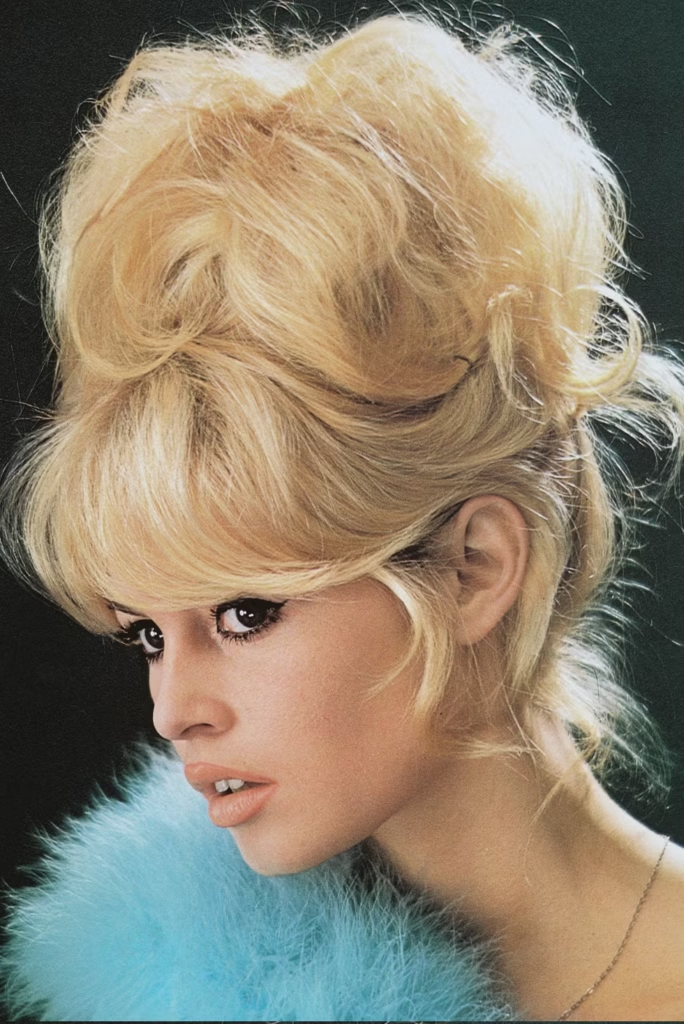
Messy, imperfect updos signaled a shift away from rigid perfection. Women began experimenting with undone textures, embracing a sexier, more relaxed vibe. This laid-back approach reflected broader changes in societal attitudes.
1961: Pageboy
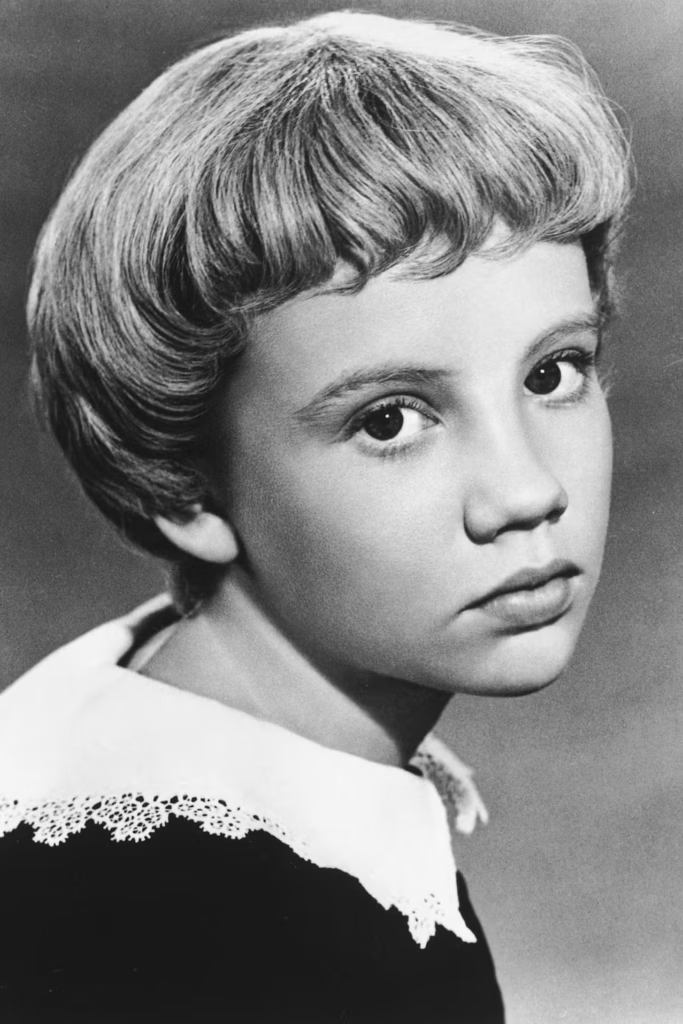
Hayley Mills popularized the pageboy cut, a softer alternative to the infamous bowl cut. With its rounded shape and smoothed-under tips, this style struck a balance between youthfulness and sophistication.
1962: Bouffant
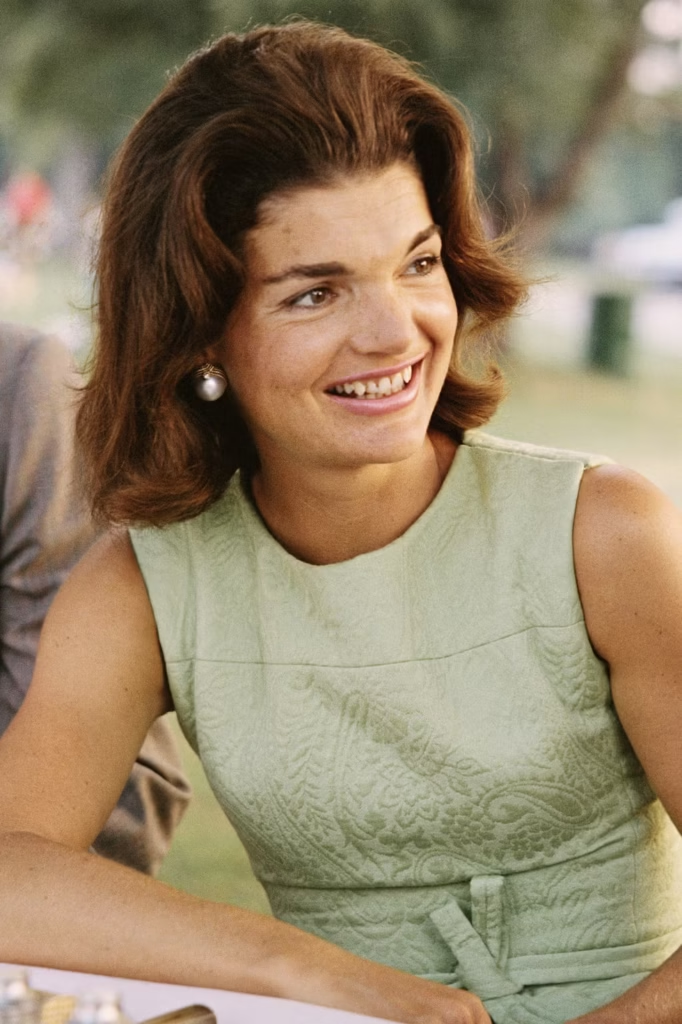
Jackie Kennedy Onassis turned the bouffant into a symbol of elegance and poise. Her voluminous updos were meticulously crafted, yet appeared effortlessly chic. This style became a hallmark of ‘60s fashion.
1963: The Beehive
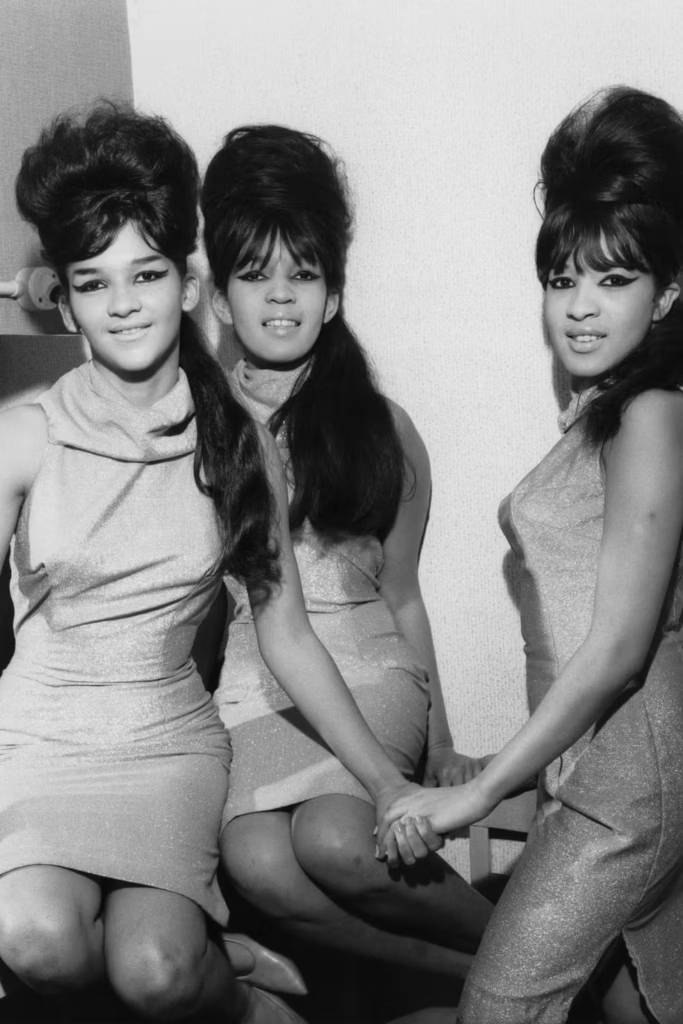
The beehive reached dizzying heights in the early ‘60s, thanks to stars like Brigitte Bardot and The Ronettes. This towering ‘do required skill and patience but delivered unparalleled drama. It was the ultimate statement piece.
1964: The Bob
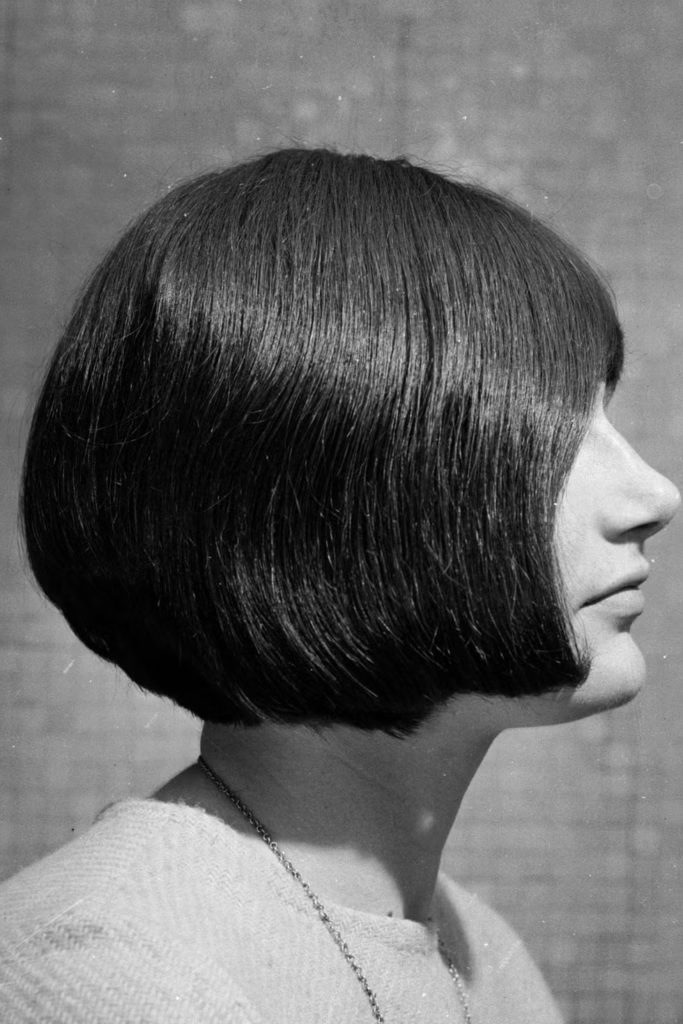
Vidal Sassoon reinvented the bob, giving it a sleek, geometric edge. This modern interpretation appealed to stylish women looking for a clean, contemporary aesthetic. It was a nod to the past with a distinctly forward-thinking twist.
1965: Five-Point Cut
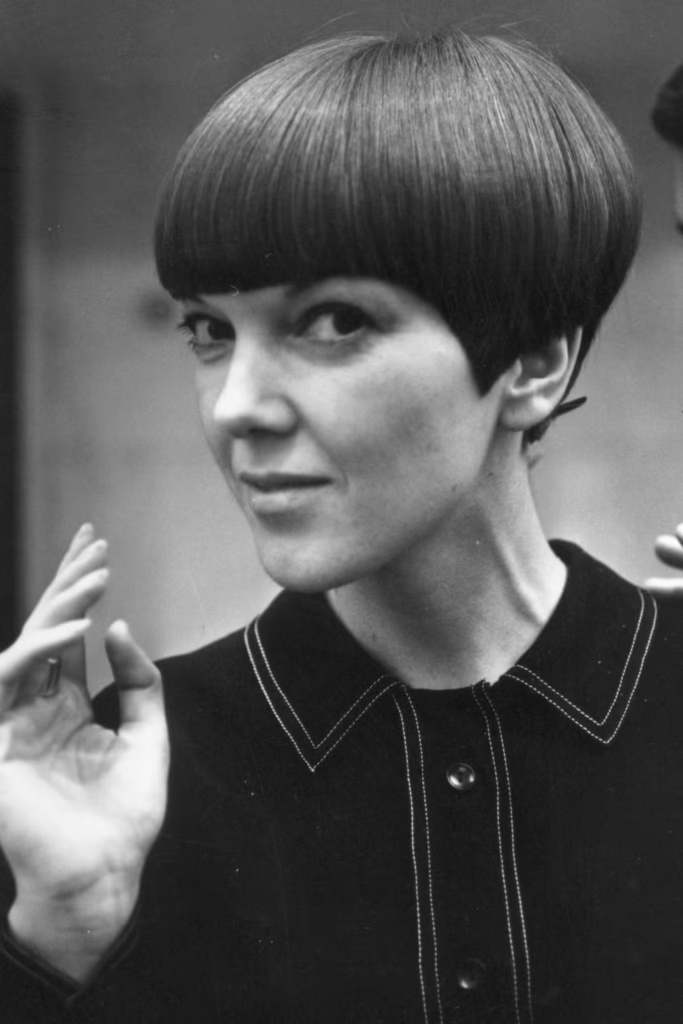
Sassoon pushed boundaries further with his five-point cut, a razor-sharp design that emphasized precision and symmetry. Worn by figures like Mary Quant, this avant-garde style embodied the spirit of the Swinging Sixties.
1966: Long and Straight
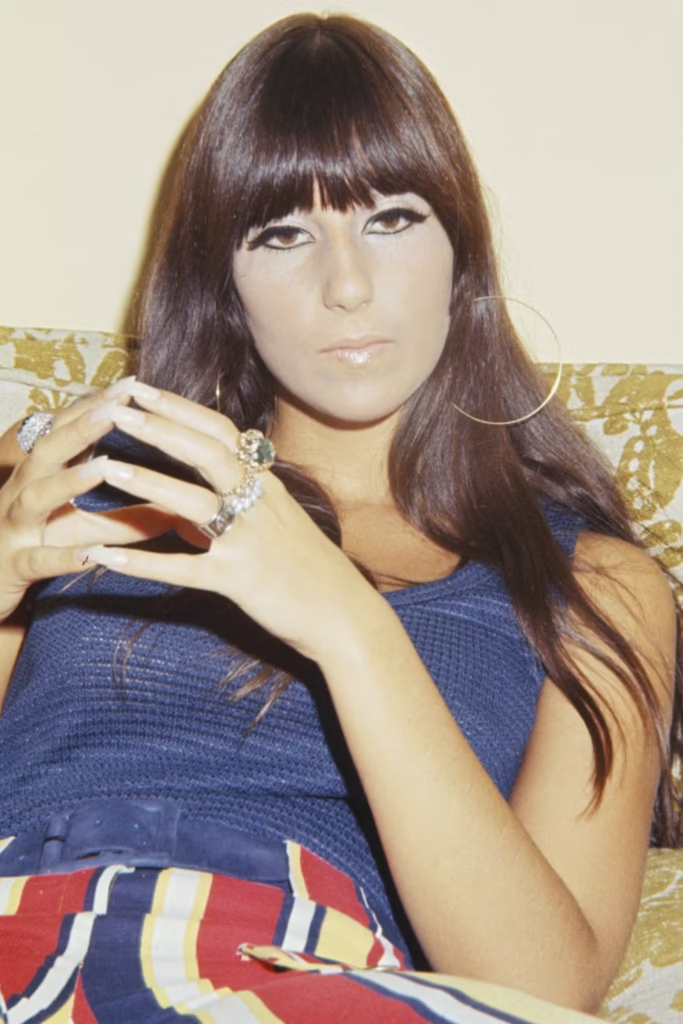
Cher’s influence loomed large as hippie culture permeated mainstream fashion. Women ditched perms and rollers in favor of long, straight locks. This minimalist approach celebrated natural beauty and self-expression.
1967: Short and Natural
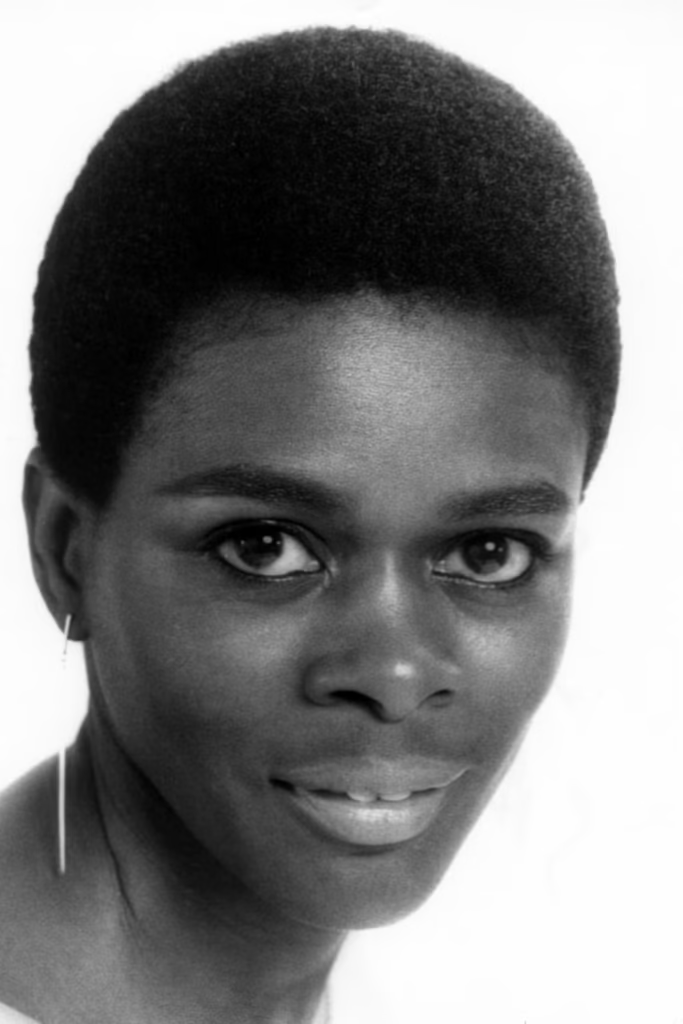
Cicely Tyson broke barriers once again by wearing her natural hair on television. Her decision to cut her hair short inspired countless Black women to embrace their authentic selves. It was a revolutionary act of empowerment.
1968: Mop Top
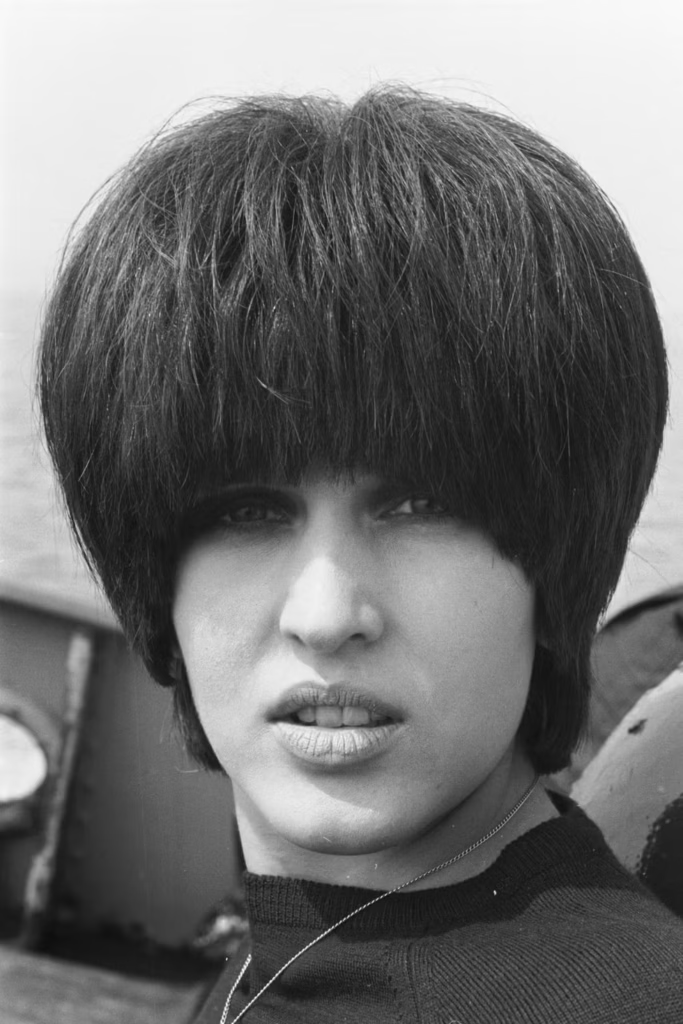
Inspired by The Beatles, the mop top gained traction among women too. Julie Driscoll sported a super-straight, shaped version of this mod style, proving that gender norms were no match for creative expression.
1969: Modern Bouffant
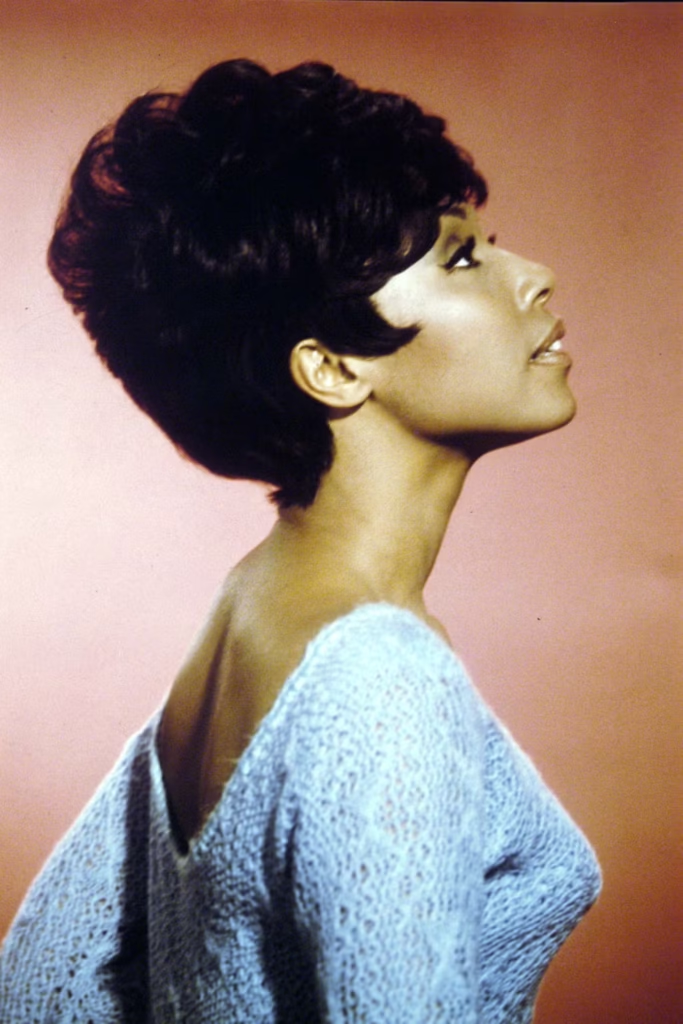
Diahann Carroll’s role in Julia brought the bouffant back into the spotlight. Her chic, voluminous style combined height and structure with a modern sensibility, making it a hit among viewers.
1970: Long and Center-Parted
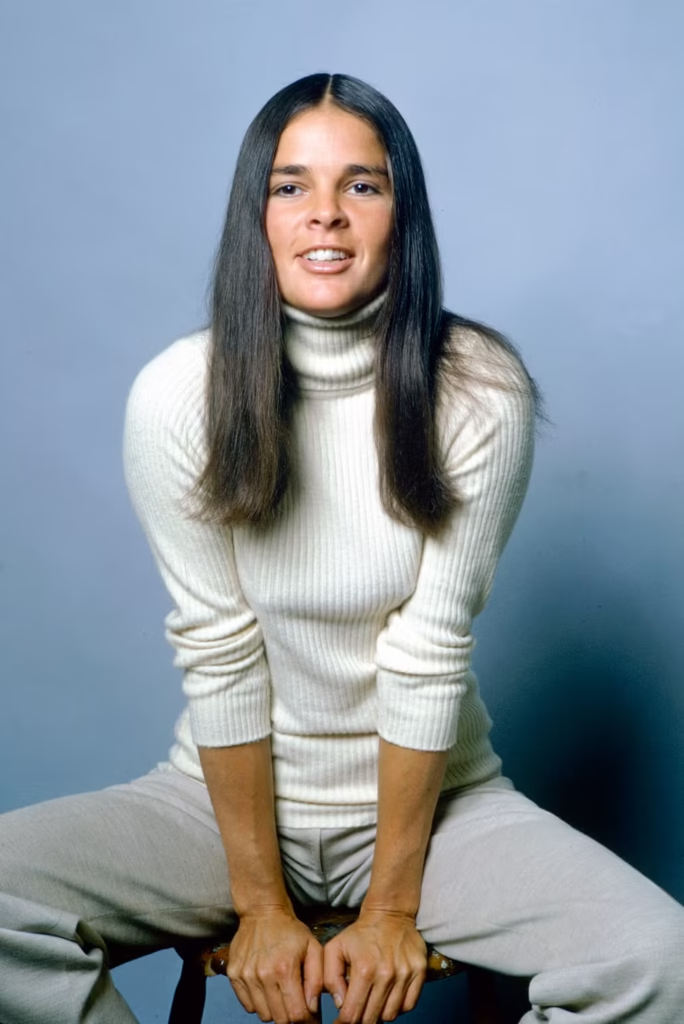
Ali MacGraw’s performance in Love Story sparked a craze for long, center-parted hair. This sleek, understated look became a staple of ‘70s fashion, embodying the decade’s laid-back ethos.
1971: The Shag
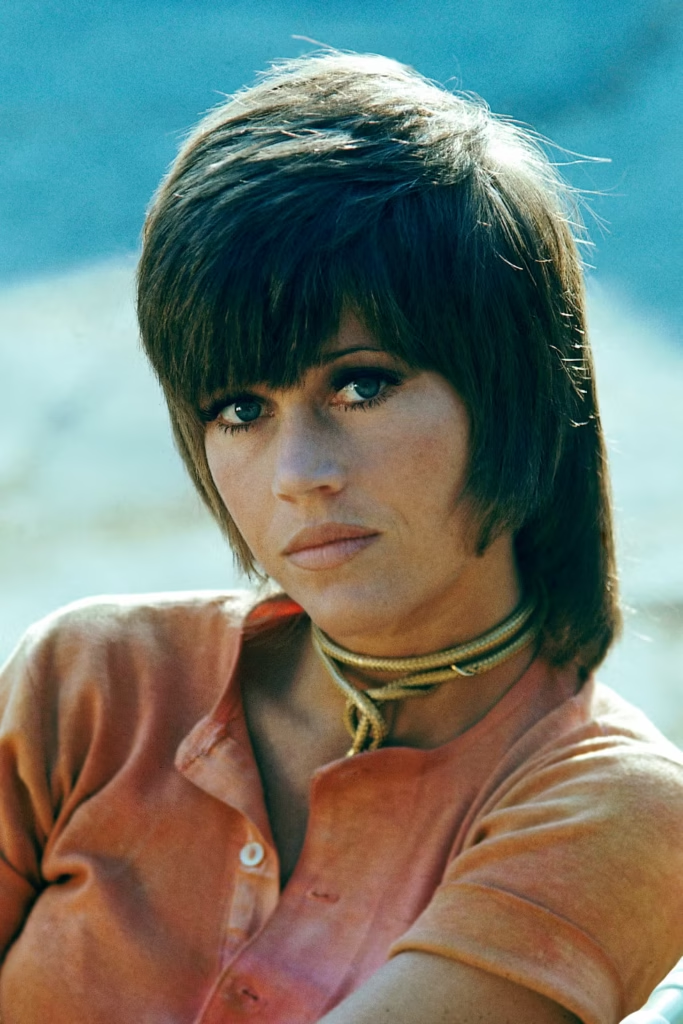
Jane Fonda’s character in Klute introduced the world to the shag—a layered, textured cut that blurred the lines between masculine and feminine. Its versatility made it a favorite among free-spirited individuals.
1972: Afro
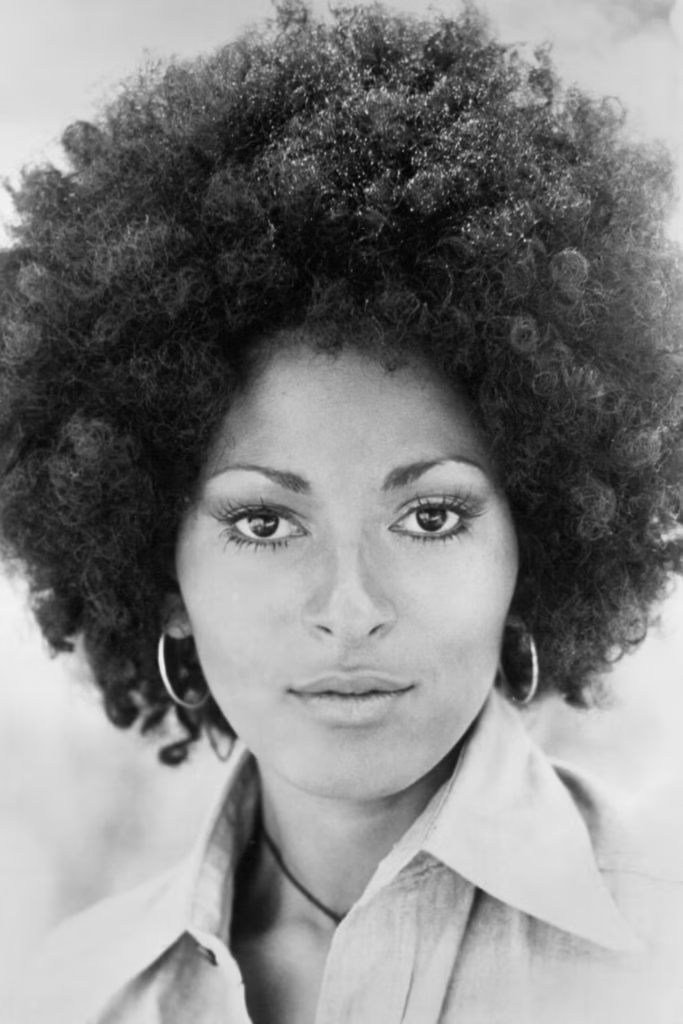
Pam Grier’s voluminous afro became an emblem of Black pride and identity. As more women embraced their natural texture, this style became a powerful symbol of cultural affirmation and resistance.
1973: Cornrows
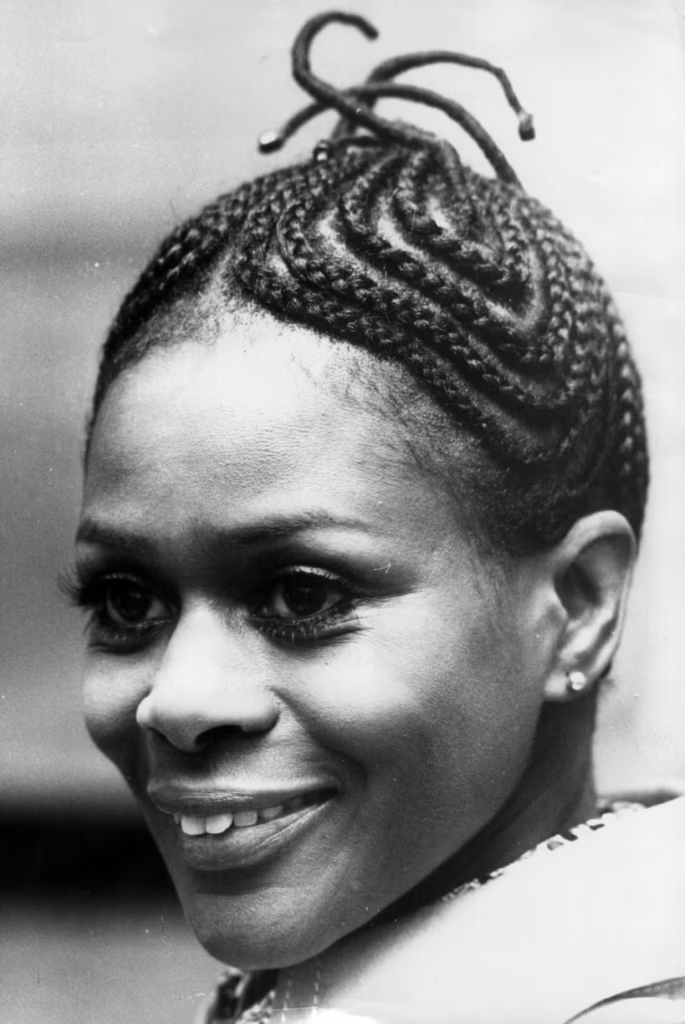
Once again, Cicely Tyson paved the way for change by wearing cornrows in Sounder. This traditional African style gained widespread recognition, highlighting the beauty and significance of protective hairstyles.
1974: Loose Waves
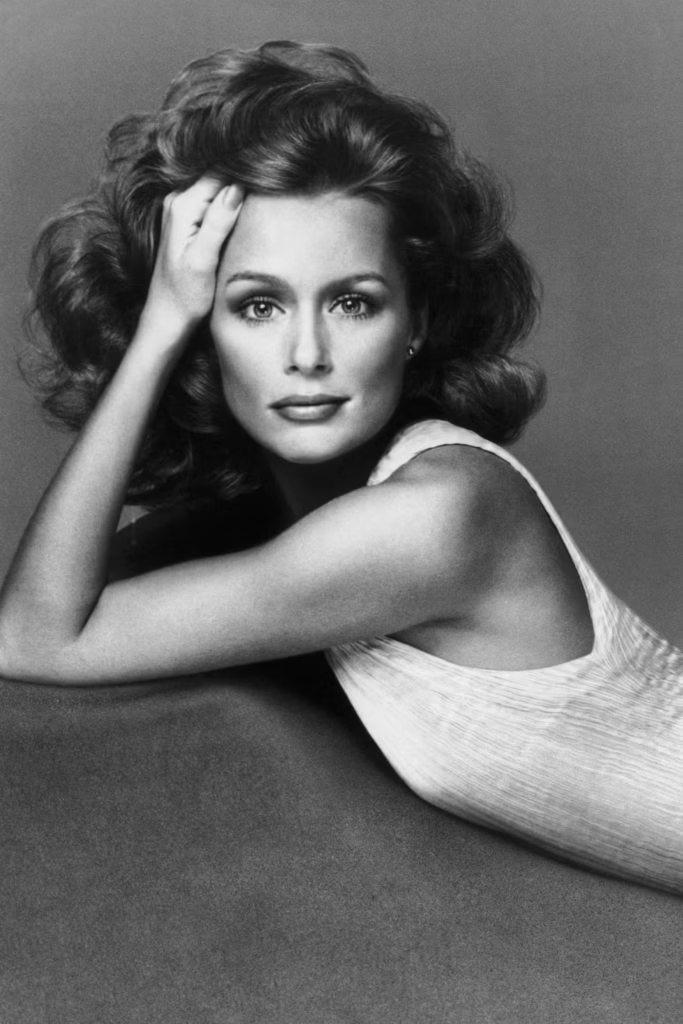
Lauren Hutton’s glamorous waves epitomized the carefree spirit of the ‘70s. Flowing, effortless locks became a defining feature of the era, encouraging women to let their hair—and personalities—shine.
